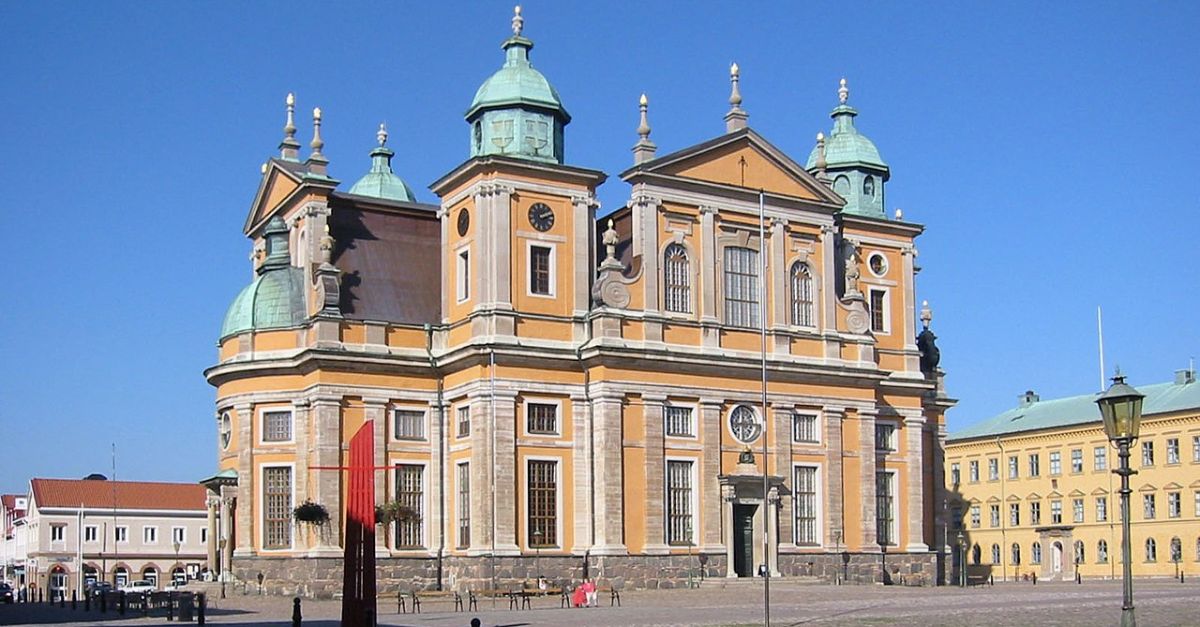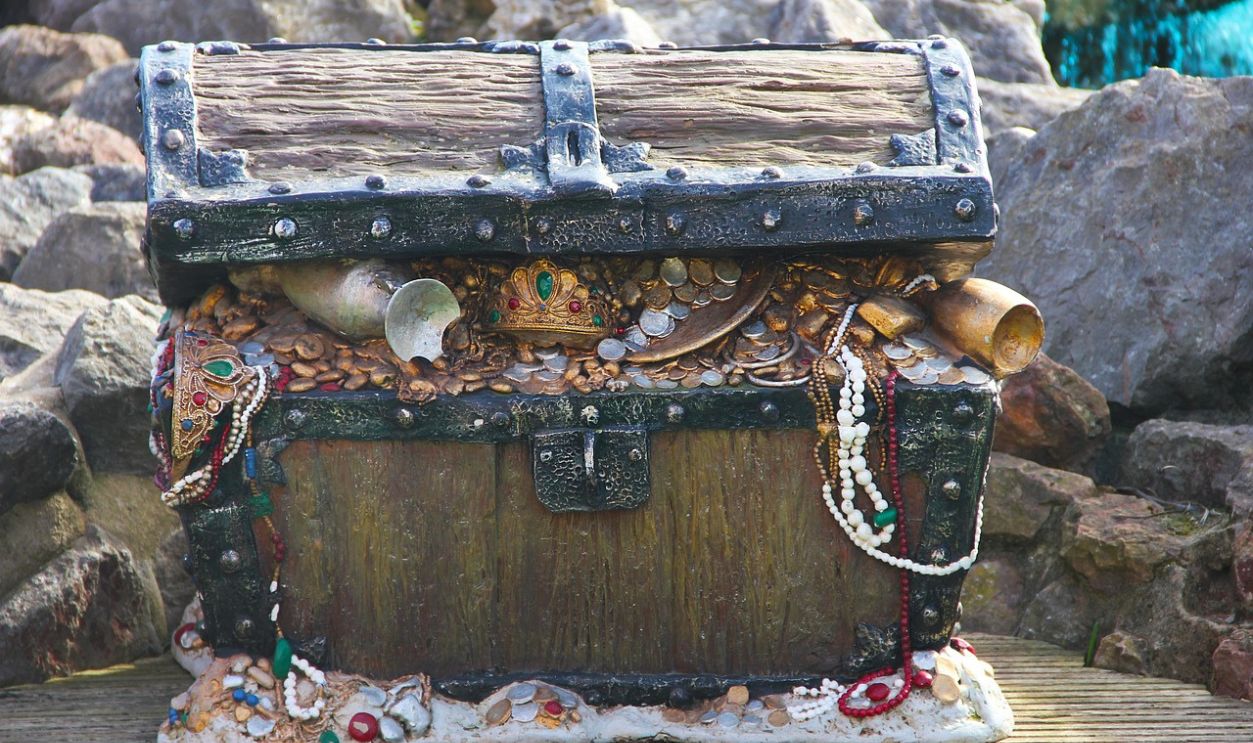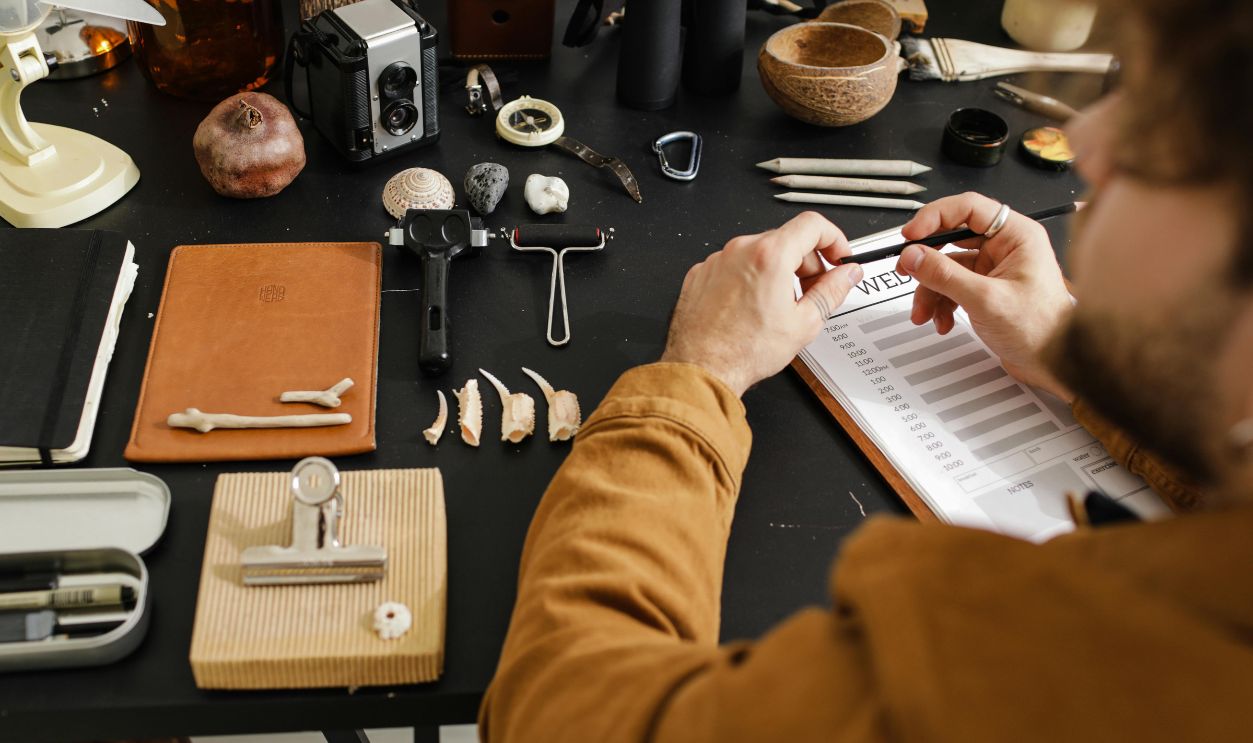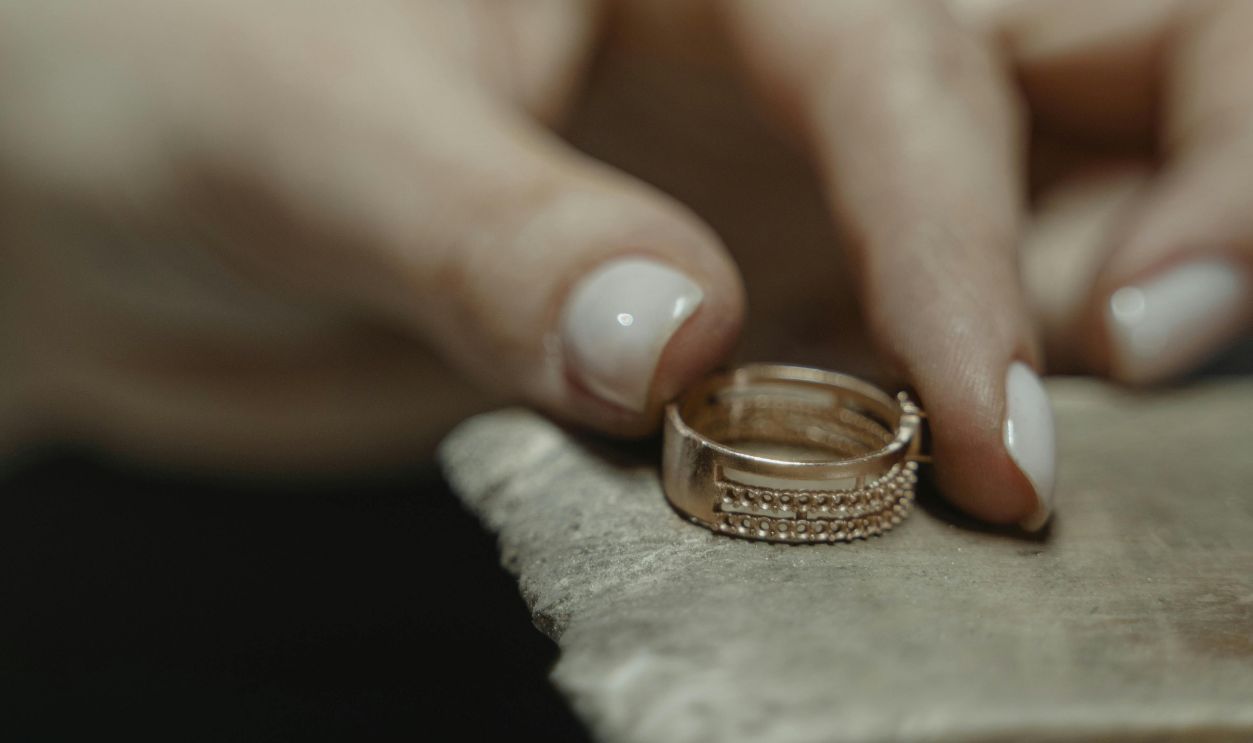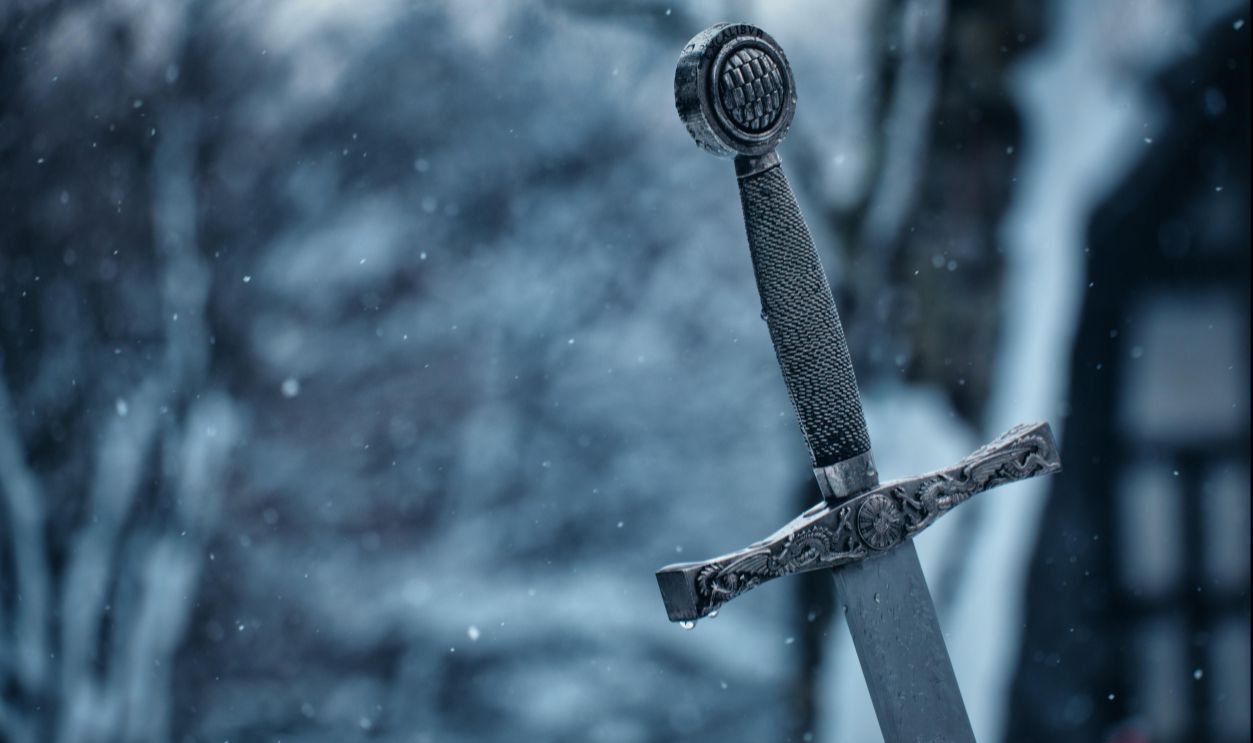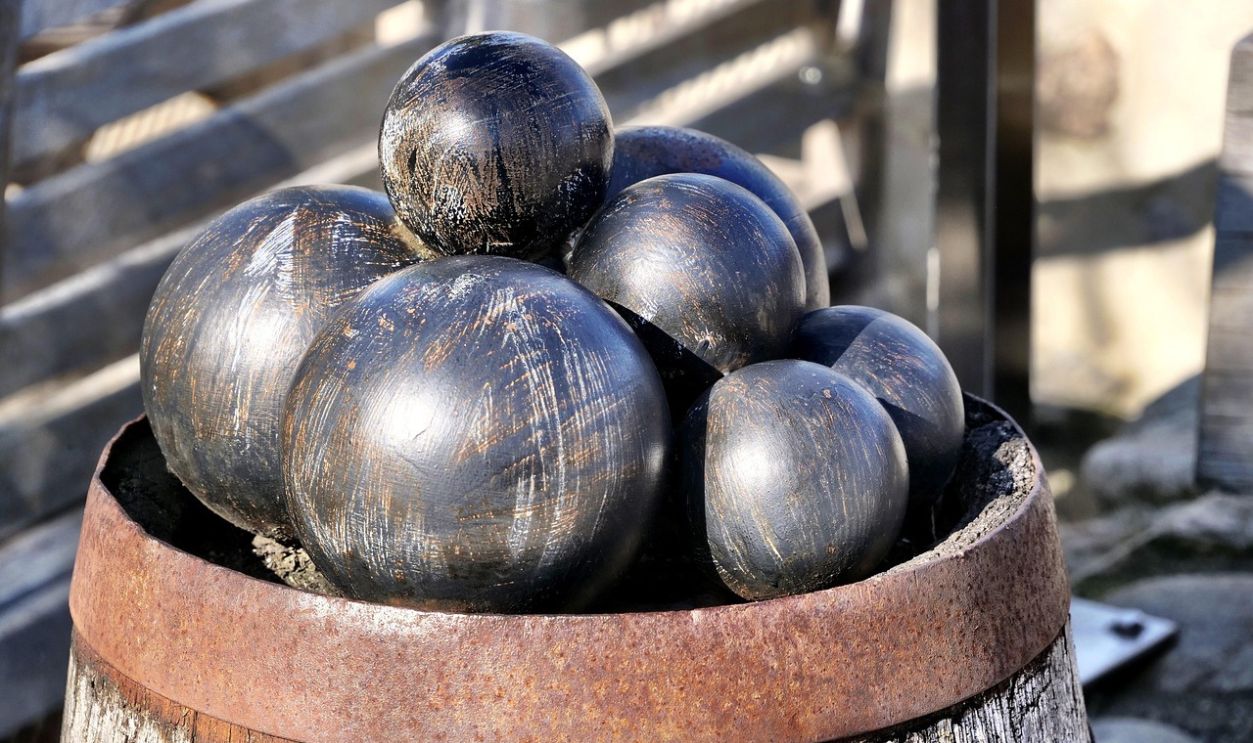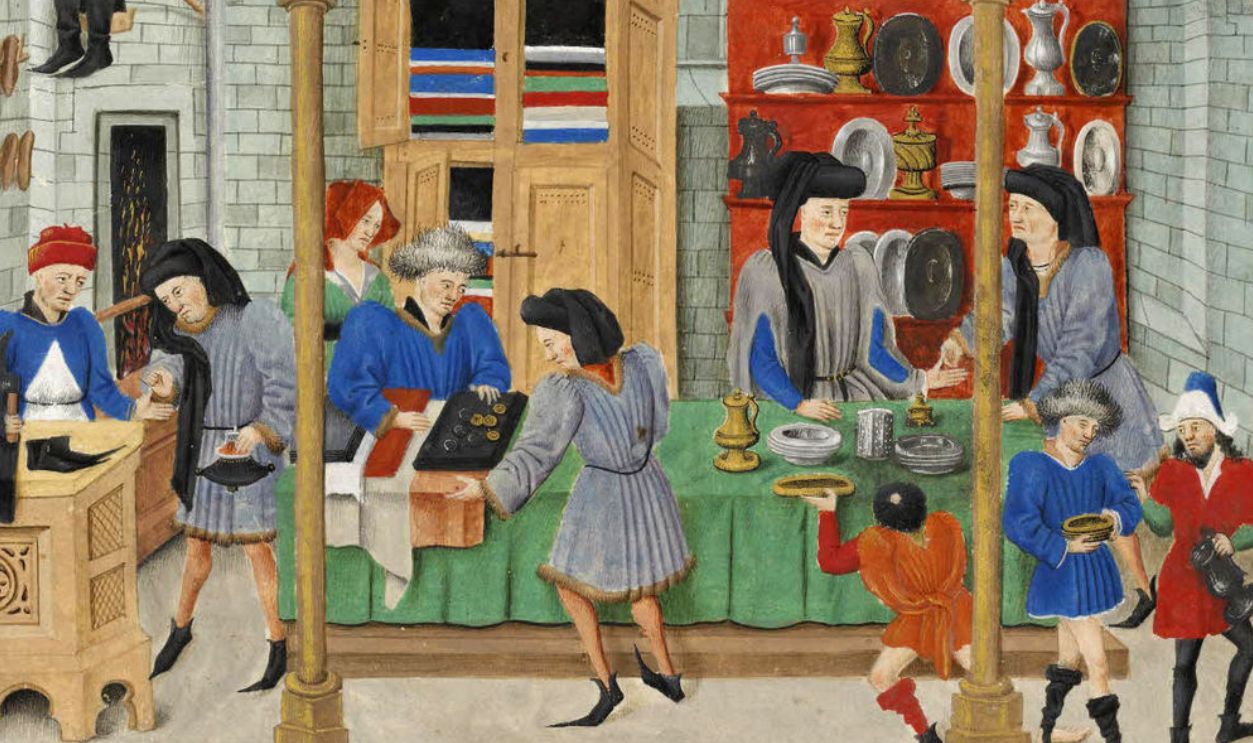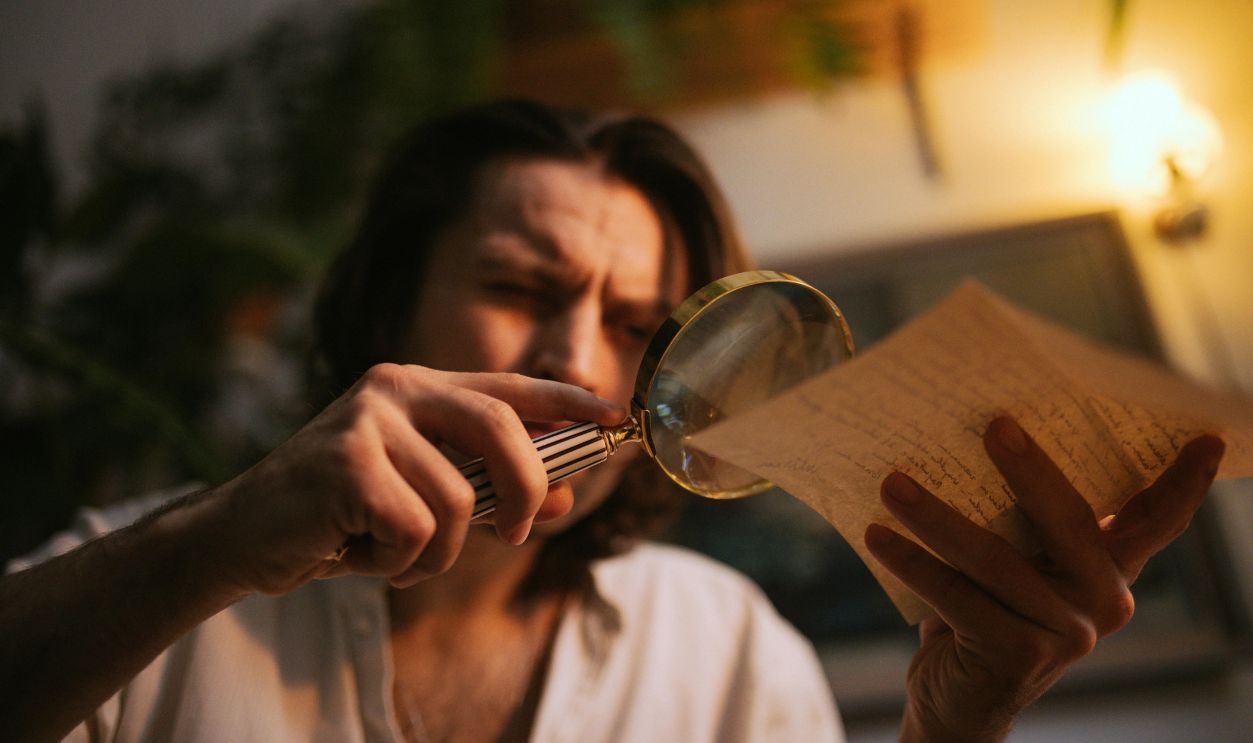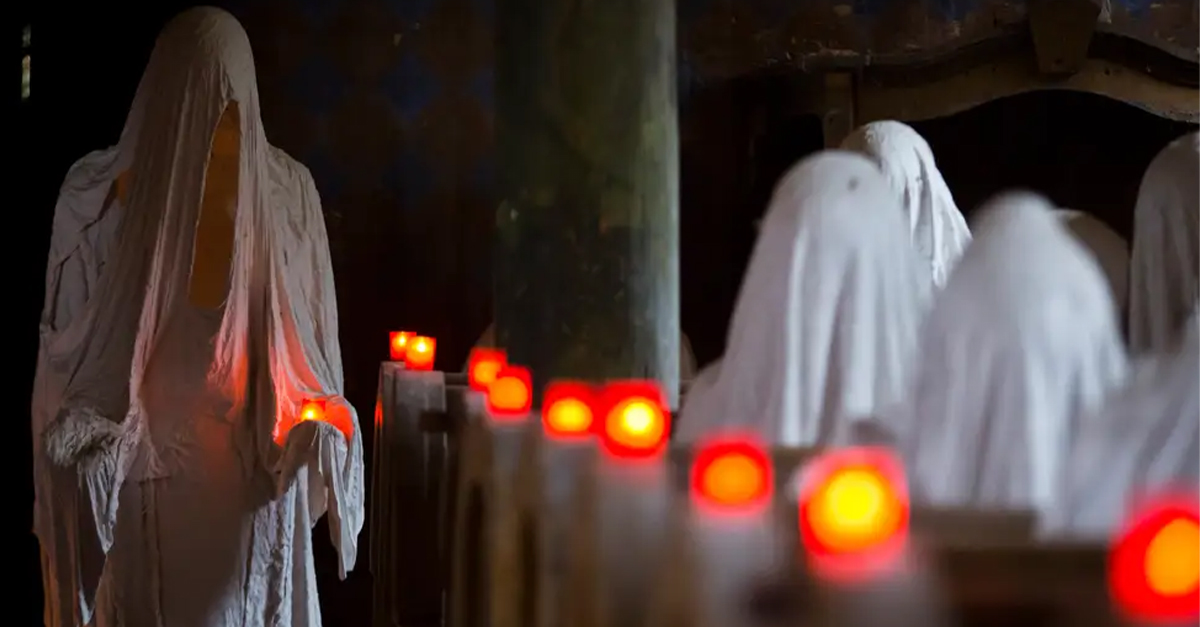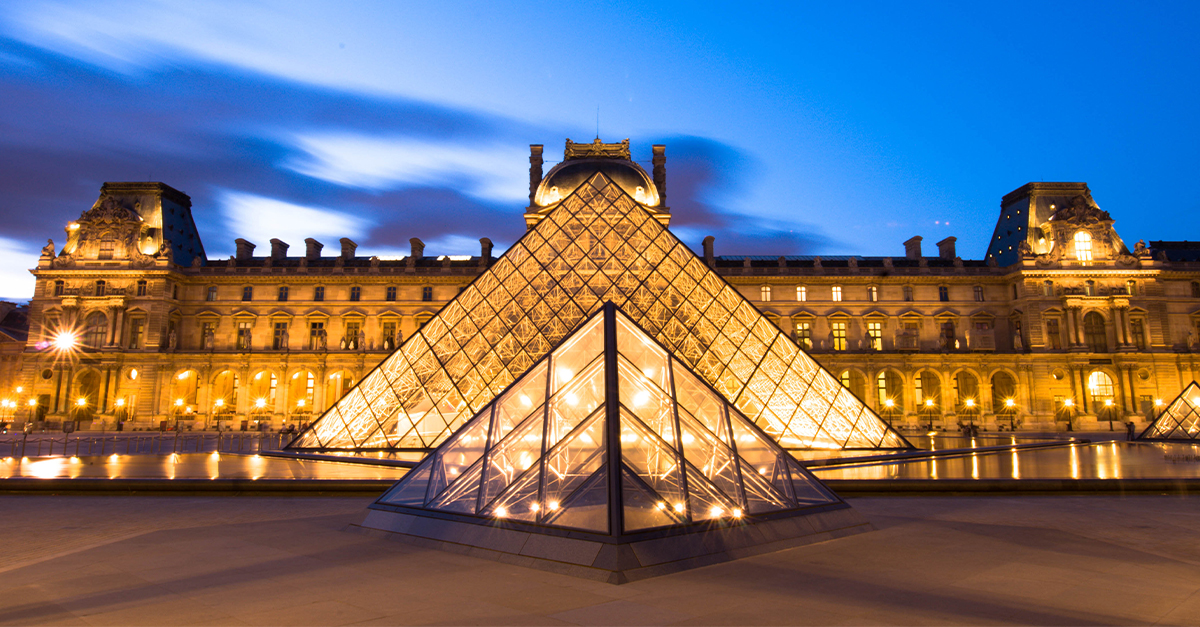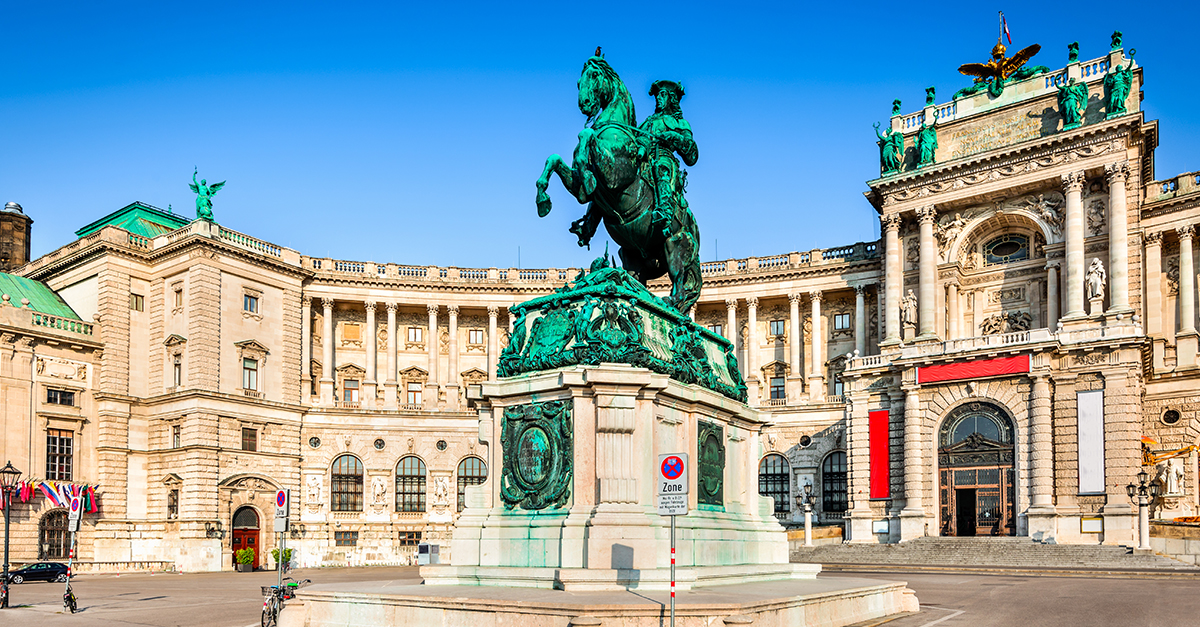How They Rewrite Medieval History
Archaeologists have unearthed over 30,000 artifacts, ranging from everyday tools to a pristine gold ring and mysterious religious relics. What can they tell us about Kalmar's past?
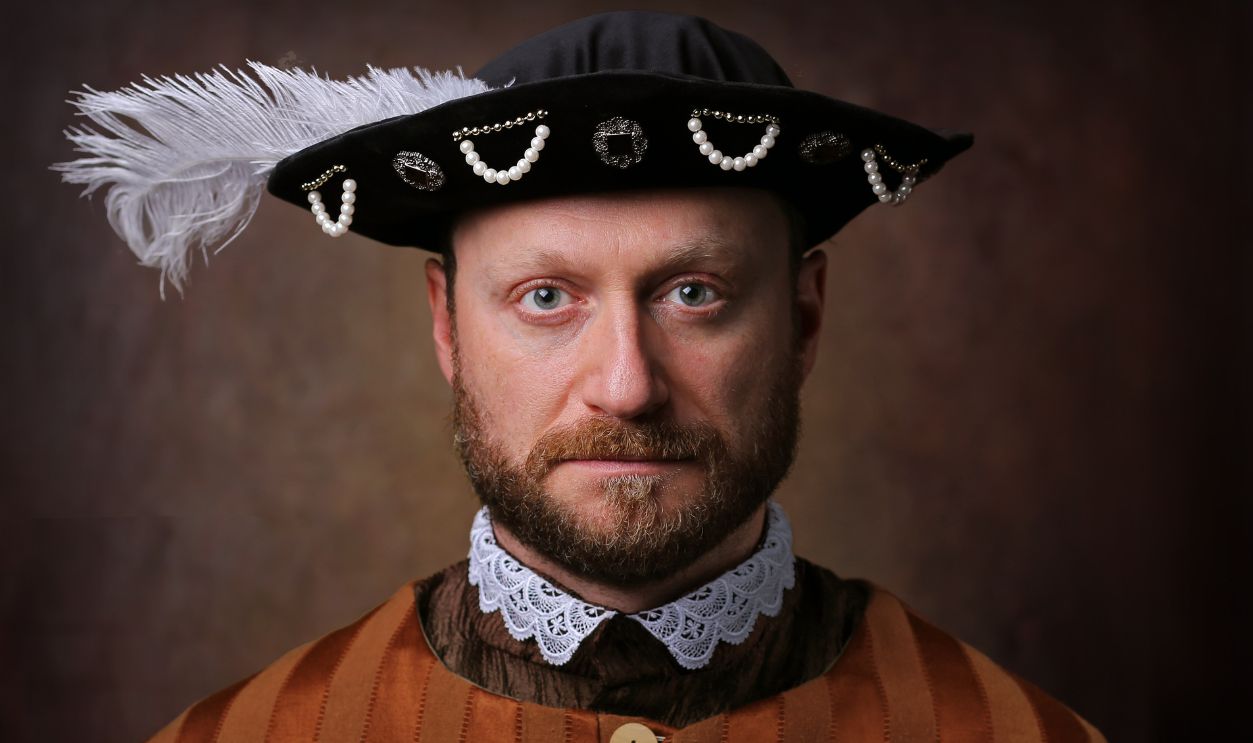
The Unexpected Secrets Of Medieval Kalmar
A recent excavation in Kalmar, Sweden, has revealed a goldmine of artifacts, offering an unprecedented look into the medieval era. Archaeologists have uncovered not just ordinary objects but pieces that challenge what we know about the region's history.
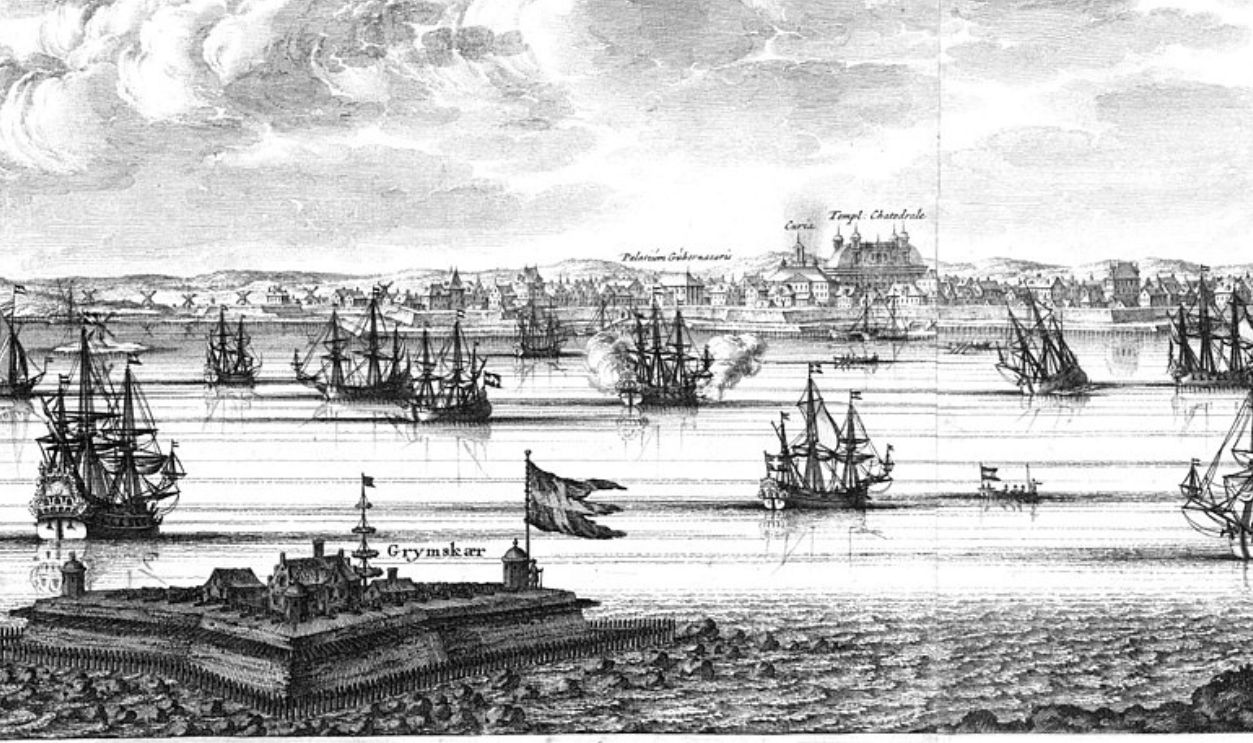 Erik Dahlbergh, Wikimedia Commons
Erik Dahlbergh, Wikimedia Commons
Why Was It So Important?
The town's position along key trade routes and its proximity to the Kalmar Strait made it a vital strategic location in medieval warfare and trade. The city's importance is reflected in its fortified walls and role in the Kalmar Union, which united Scandinavian countries.
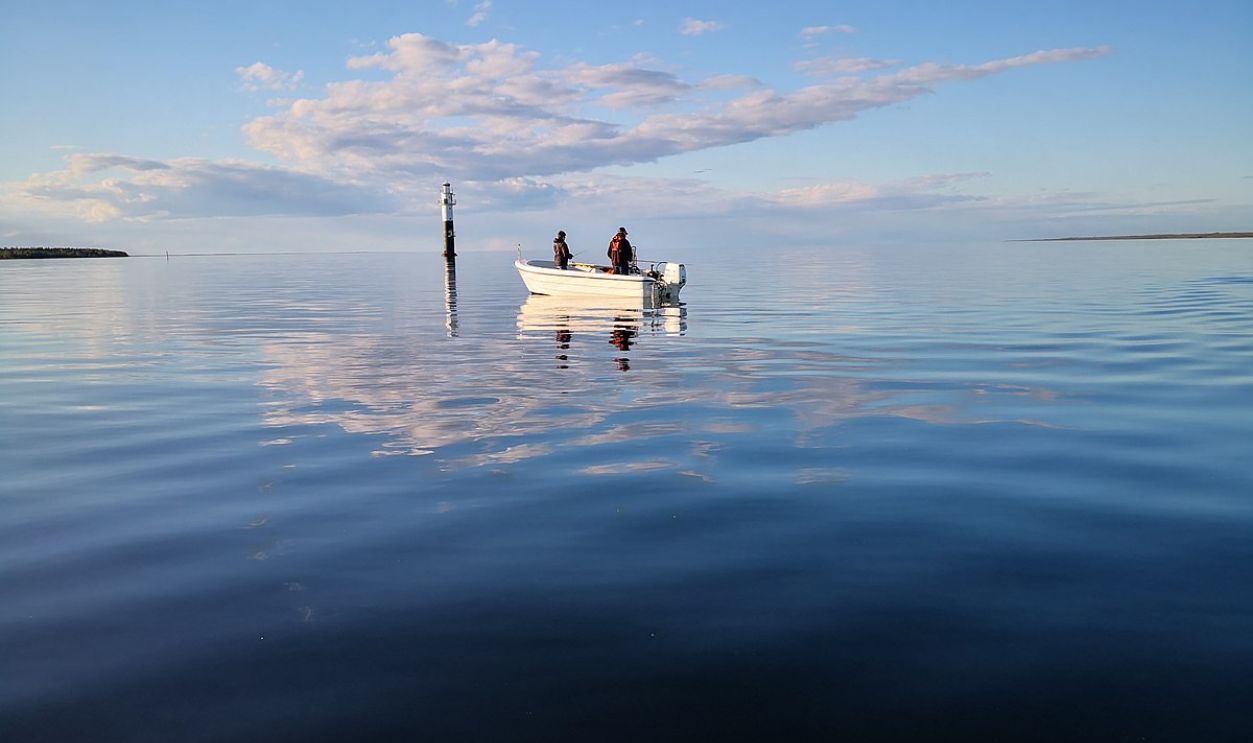 Pillemausaren, CC BY-SA 4.0, Wikimedia Commons
Pillemausaren, CC BY-SA 4.0, Wikimedia Commons
Evolution Through Archaeology
Kalmar's history spans from its Viking roots to its medieval role as a trade and military hub. The archaeological evidence found in the city shows a gradual transformation from a Viking settlement to a fortified port town, reflecting broader Scandinavian shifts in power and trade.
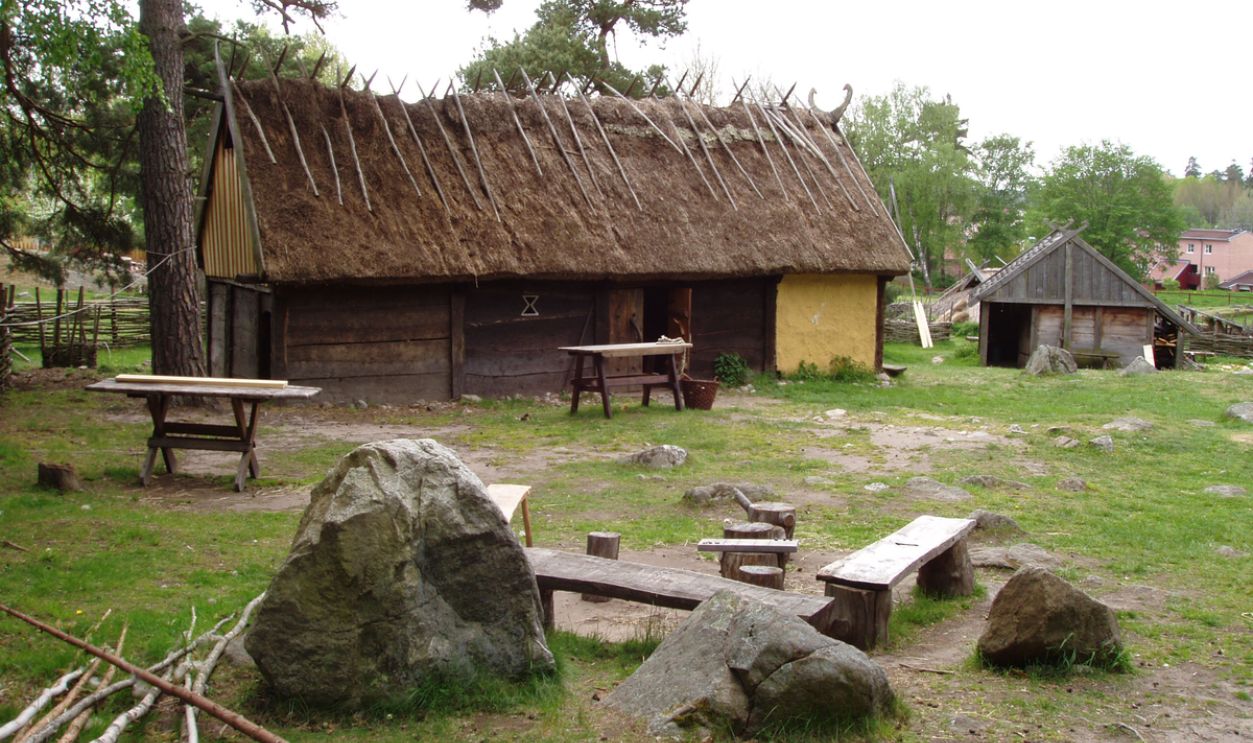 azaleapoena, Wikimedia Commons
azaleapoena, Wikimedia Commons
A Medieval Thriving Town
The excavation revealed evidence of bustling commercial activity, including everyday objects, tools, and imported goods. These findings highlight how Kalmar's position at the crossroads of trade routes influenced its economic development and its cultural exchanges with other regions.
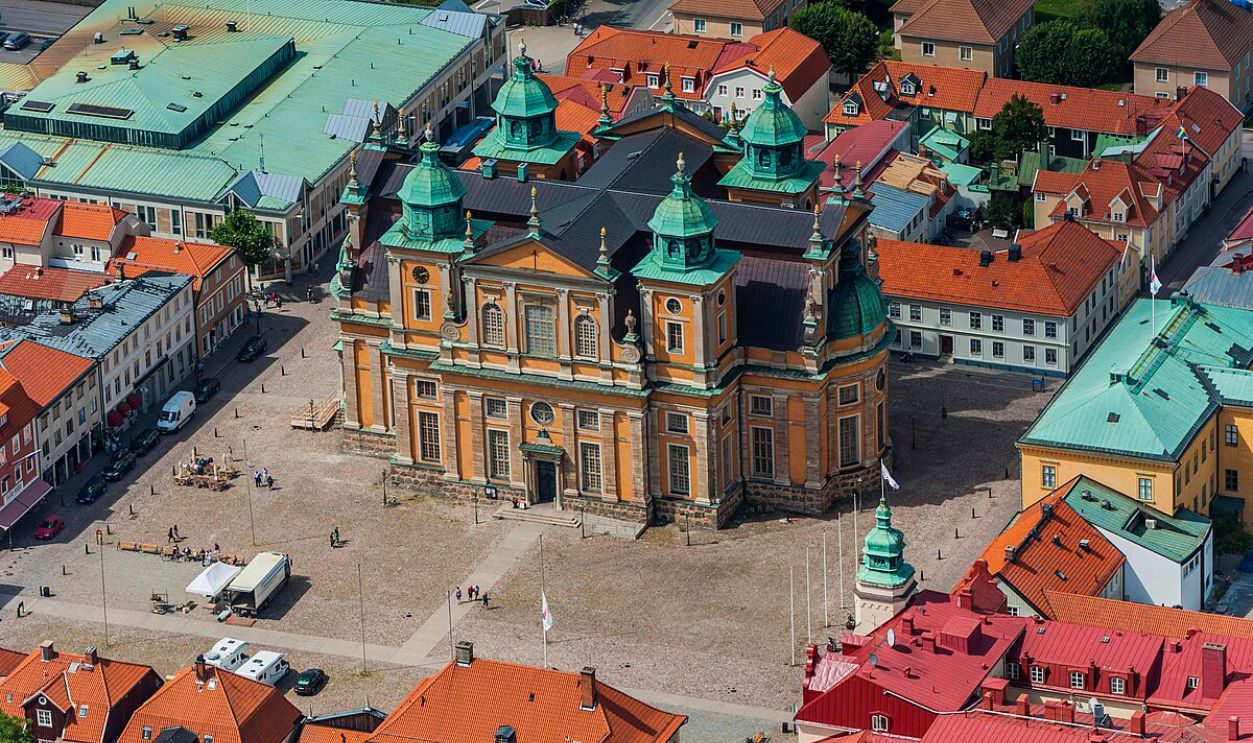 L.G.foto, CC BY-SA 4.0, Wikimedia Commons
L.G.foto, CC BY-SA 4.0, Wikimedia Commons
Ancient Objects In An Archaeological Jackpot
In a staggering discovery, over 30,000 objects have been unearthed in Kalmar, from everyday tools to rare religious artifacts. These items provide a detailed snapshot of life in the 15th century. The vast number of artifacts reveals the city's importance as a trading hub and military stronghold.
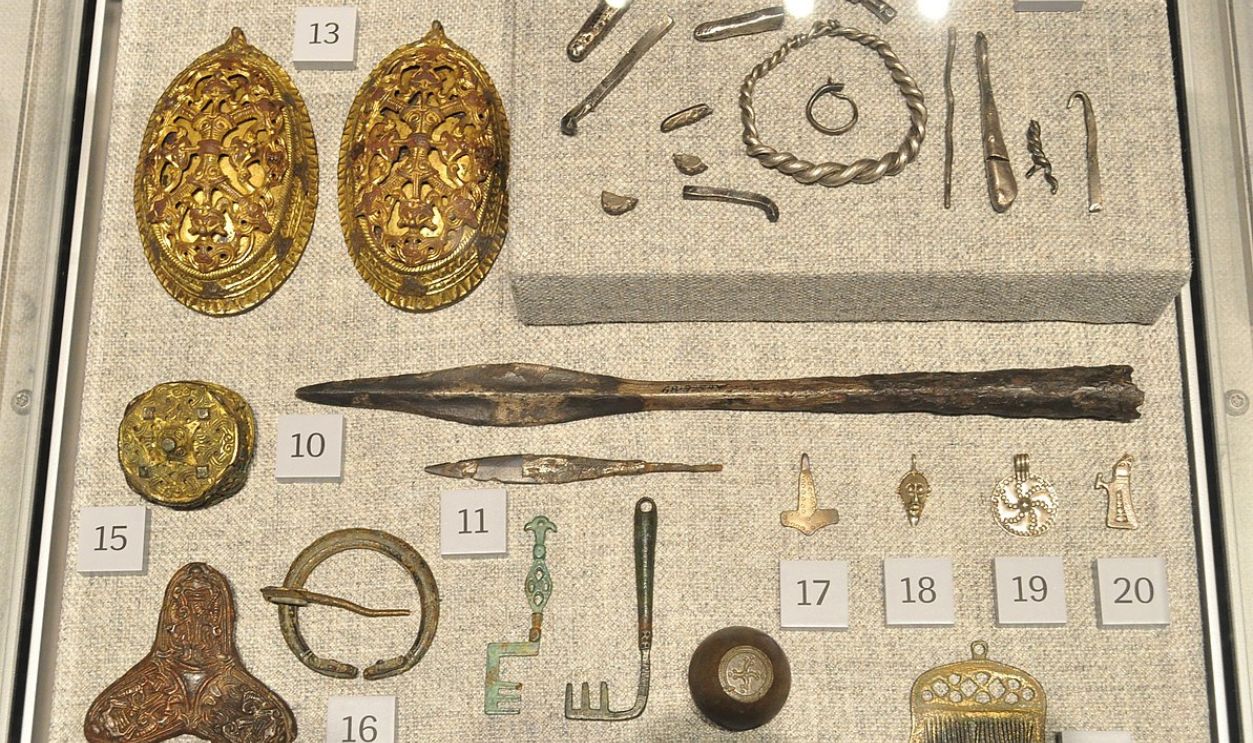 Joe Mabel, CC BY-SA 4.0, Wikimedia Commons
Joe Mabel, CC BY-SA 4.0, Wikimedia Commons
Medieval Past Comes To Life
Kalmar's medieval past is being resurrected through these archaeological discoveries. Among the items uncovered are personal belongings, such as a 15th-century gold ring, and objects related to daily life and religious practices. These artifacts are shedding new light on the region's cultural and social life.
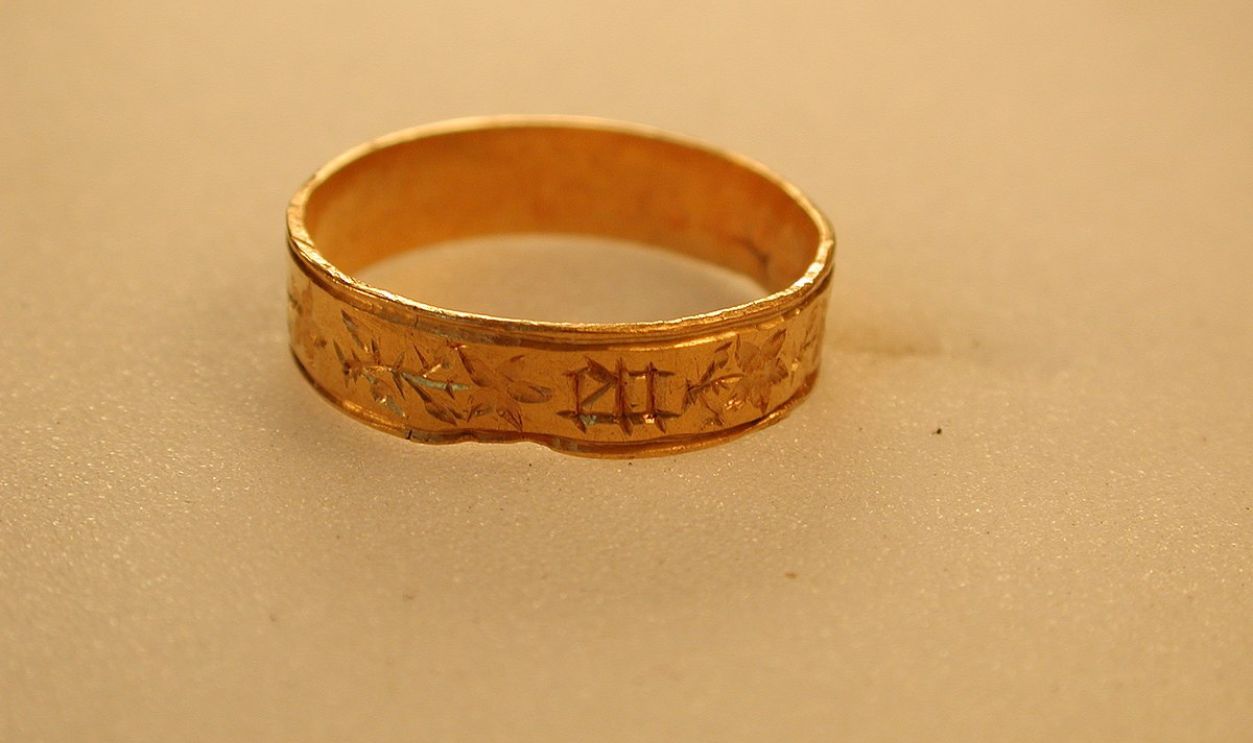 The Portable Antiquities Scheme/ The Trustees of the British Museum, CC BY-SA 4.0, Wikimedia Commons
The Portable Antiquities Scheme/ The Trustees of the British Museum, CC BY-SA 4.0, Wikimedia Commons
Why These Objects Redefine History
According to Arkeologerna, the 30,000 objects found in Kalmar are not just remnants as they redefine our understanding of the medieval period. From everyday tools to religious symbols, these artifacts offer clues about everything from trade routes to social hierarchies.
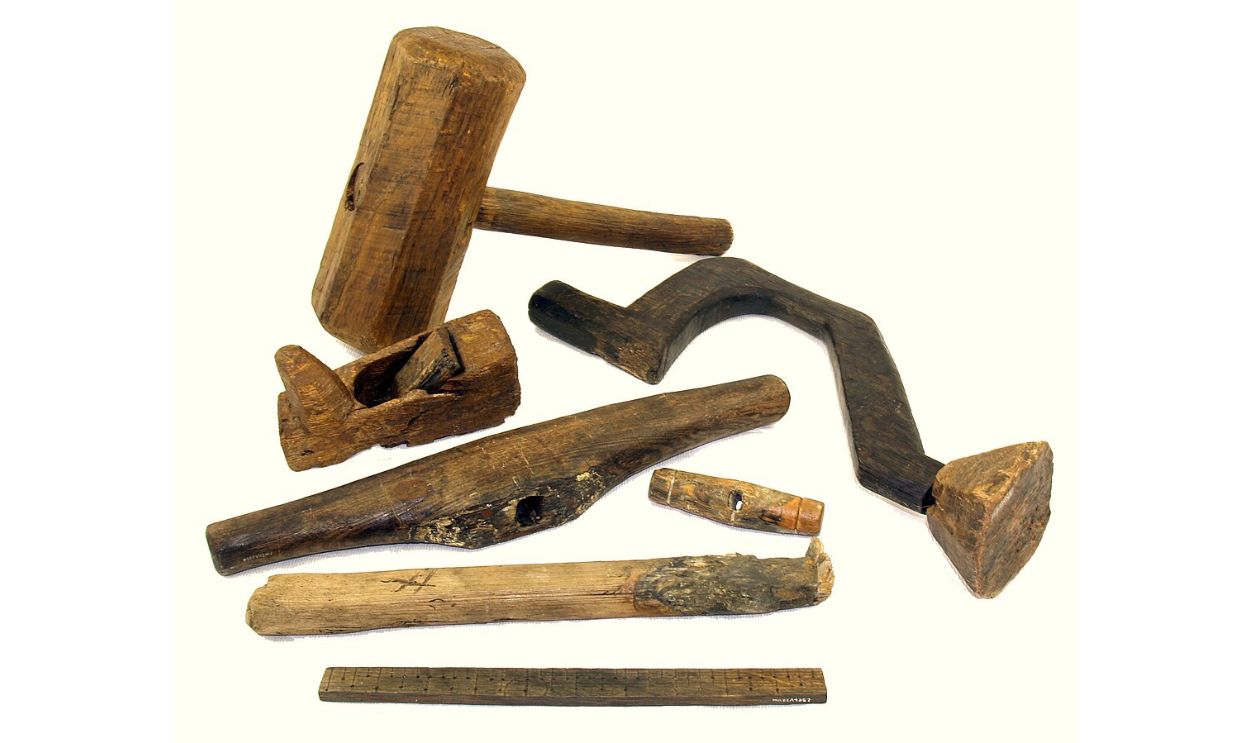 the Mary Rose Trust, CC BY-SA 3.0, Wikimedia Commons
the Mary Rose Trust, CC BY-SA 3.0, Wikimedia Commons
Eye-Opening Discoveries
Every single object found tells a story about a period in history that historians might have missed. During this era, scholars and historians were more focused on documenting the details of conflicts, often overlooking the little things that mattered to the people.
The Daily Life Of Kalmar's Medieval Inhabitants
Objects like cooking utensils and personal adornments help paint a picture of what life was like in the city. These findings provide insight into the everyday routines and living conditions of various social classes, from merchants to artisans.
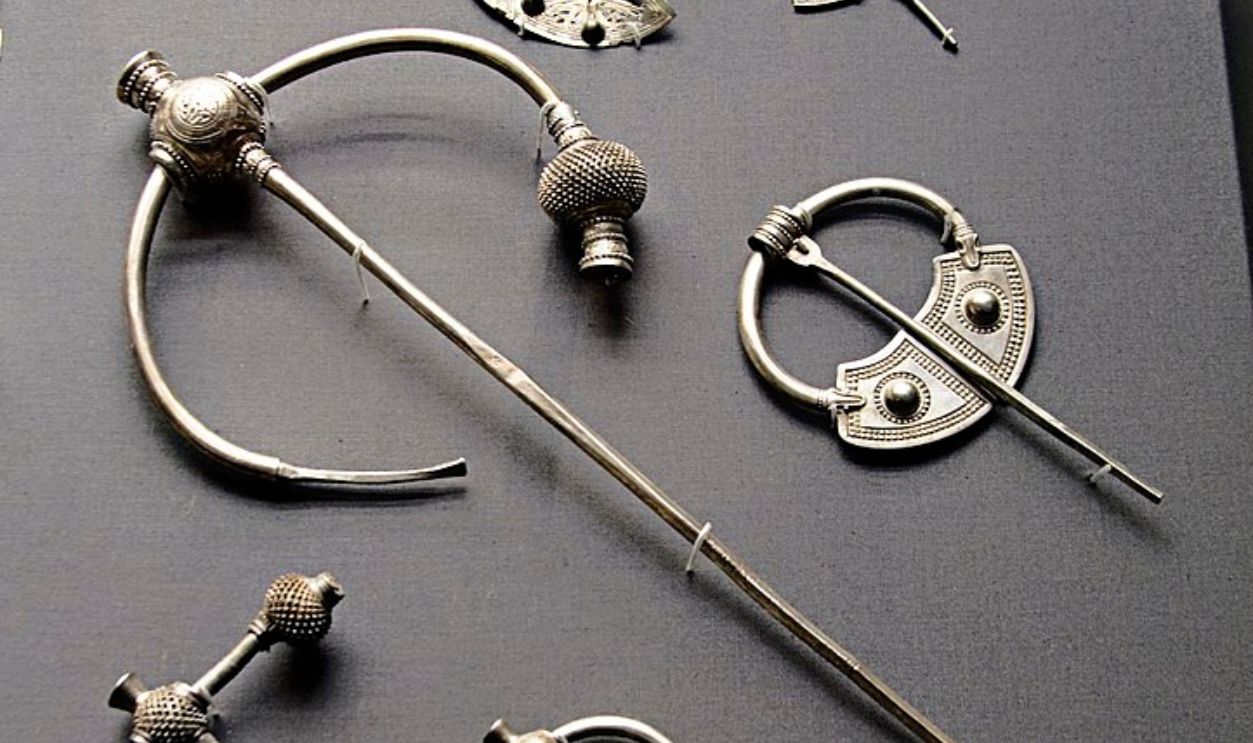 British Museum, CC BY-SA 3.0, Wikimedia Commons
British Museum, CC BY-SA 3.0, Wikimedia Commons
How Archaeology Helps Us Visualize Medieval Life
Archaeology plays a significant role in reconstructing the daily lives of people from the past, and the Kalmar excavation is a prime example. Through careful study of artifacts, building remains, and even waste deposits, archaeologists can piece together the cultural fabric of medieval society.
Fragments Of Kalmar's Old City Wall Unveiled
One of the most remarkable discoveries was the partial uncovering of Kalmar's old city wall, which helped define the medieval city's boundaries. The wall not only provided physical protection from external threats but also served as a symbol of Kalmar's importance as a fortified urban center.
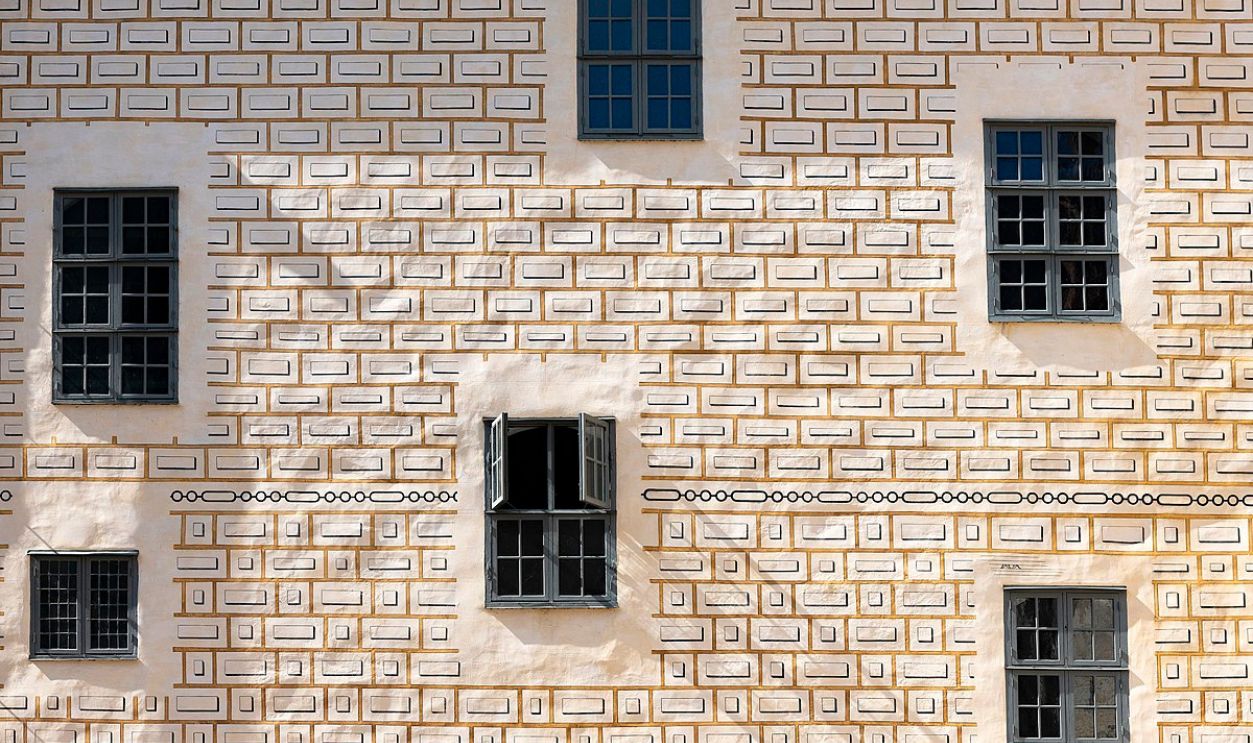 Arkland, CC BY-SA 4.0, Wikimedia Commons
Arkland, CC BY-SA 4.0, Wikimedia Commons
With One Object That Stands Out
Among the different tools found, a single object attracted the attention of archaeologists. It was a gold ring that looked so good that someone might have mistaken it for a modern one. However, this ring tells us the story of the old town.
A Peek Into Medieval Fashion
A stunning 15th-century gold ring found during the excavation provides a glimpse into the fashion and personal style of medieval Kalmar's inhabitants. The intricate design suggests that the ring was likely worn by someone of wealth or high social status, which shows the significance of personal adornments in the period.
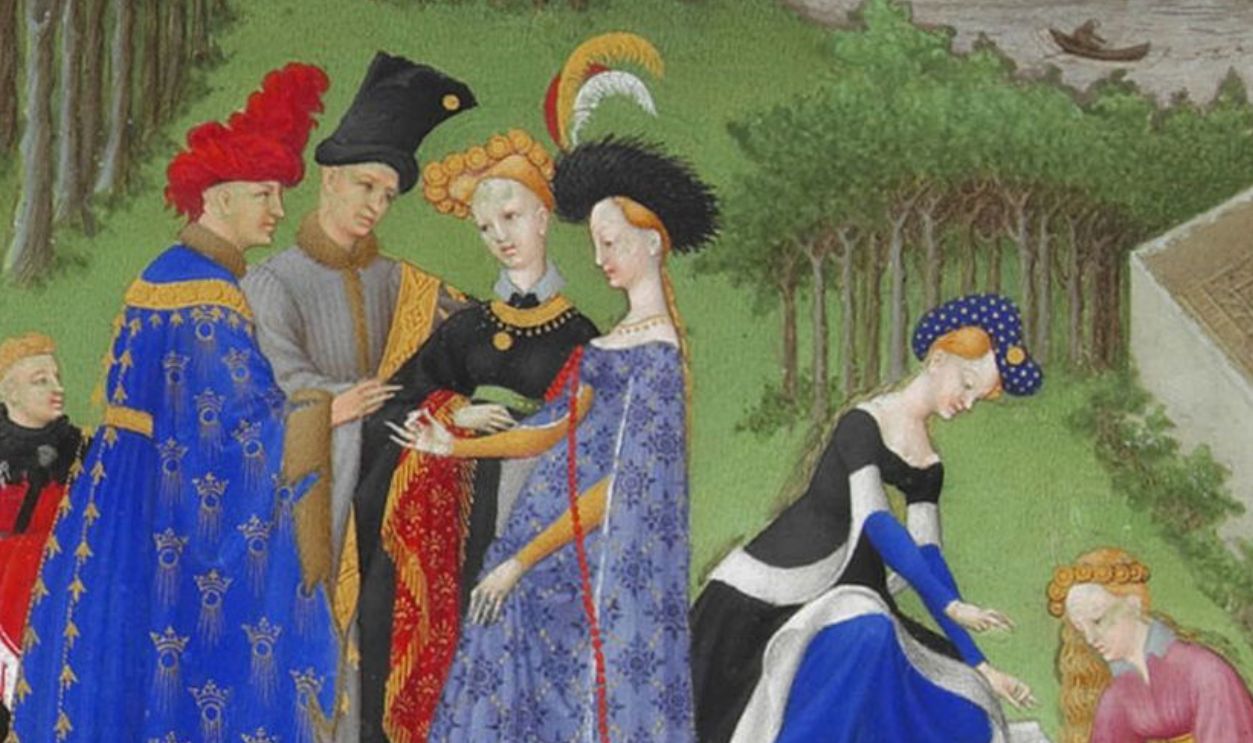 Unknown Author, Wikimedia Commons
Unknown Author, Wikimedia Commons
In The Most Unexpected Place
During an excavation, the ring, which could fit a woman, was discovered in what was revealed to be waste deposits. The ring features a Christ engraving and looks as good as new. Why would this precious ring be found in this unexpected spot?
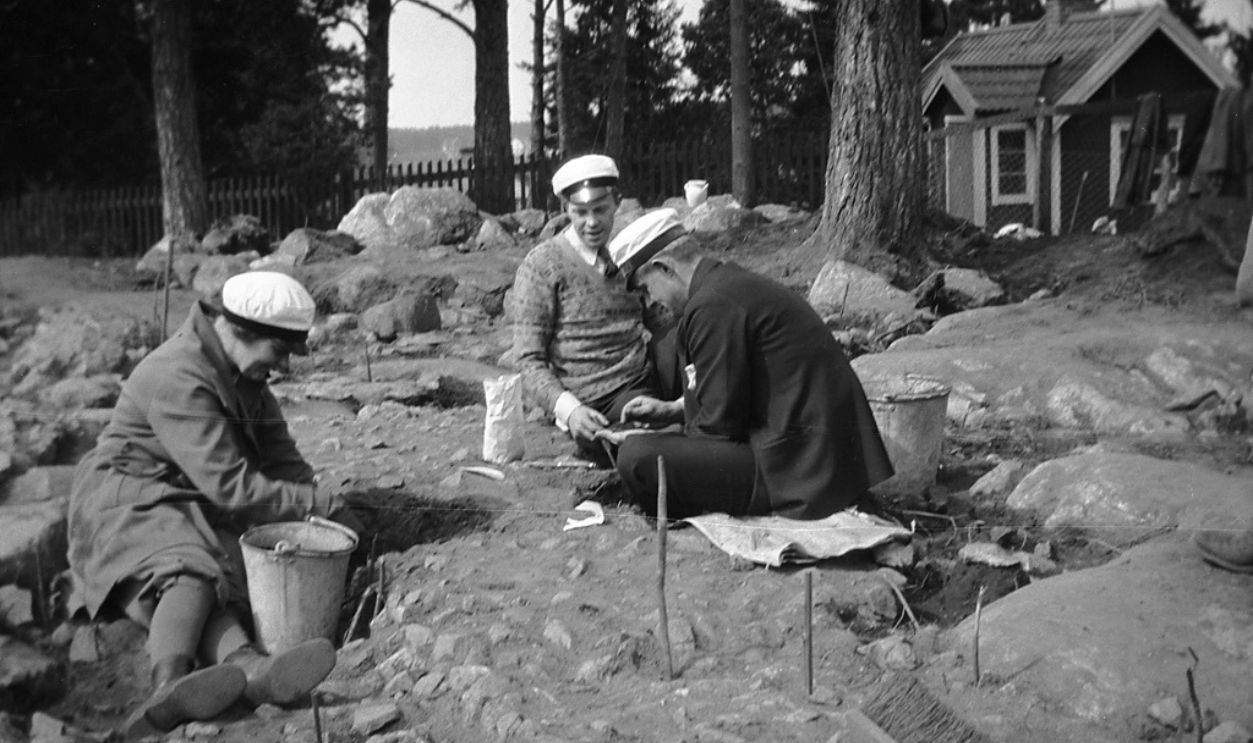 Berit Wallenberg, Wikimedia Commons
Berit Wallenberg, Wikimedia Commons
That Doesn't Match Its Value
With such a delicate design, archaeologists believe this ring probably belonged to a noble person, if not royalty. However, it could have also belonged to the wife of one of the rich merchants who lived in the thriving town. This person probably lost it and was unable to find it.
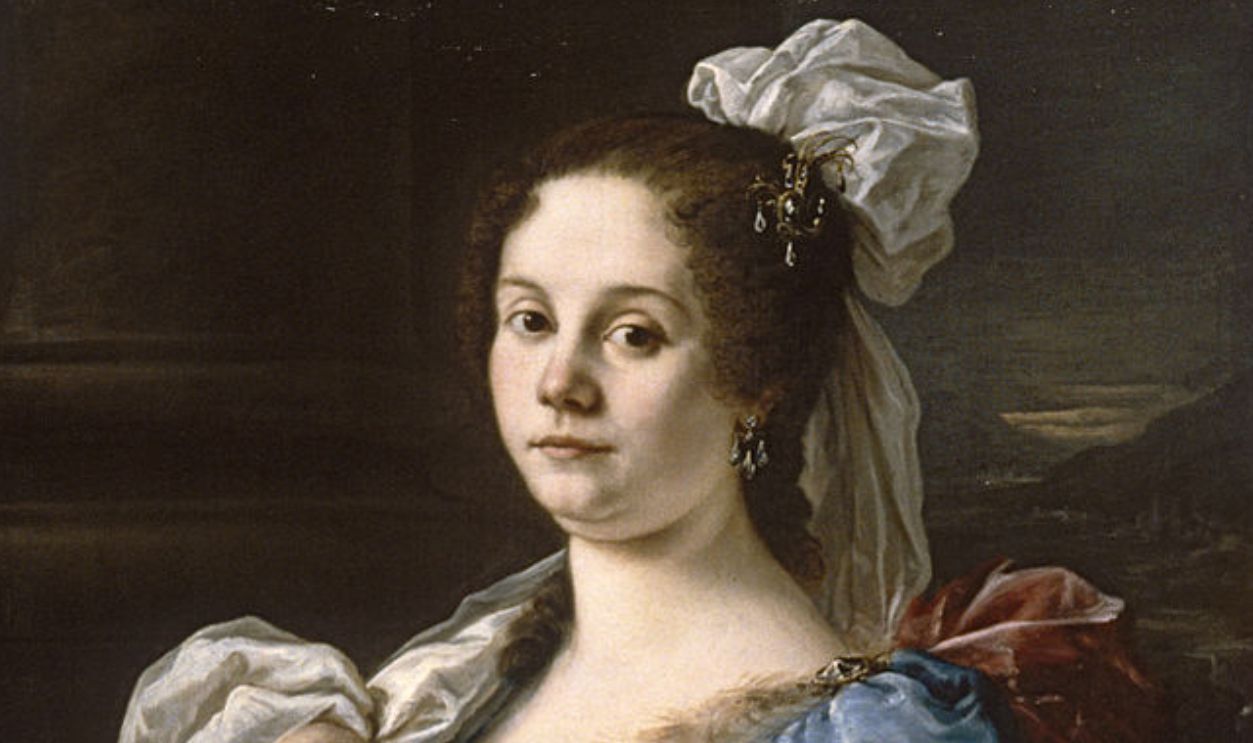 Sebastiano Ceccarini, Wikimedia Commons
Sebastiano Ceccarini, Wikimedia Commons
Behind The Gold Ring
The gold ring found during the Kalmar excavation holds more significance than simply being a piece of jewelry. With its Christ motif, the ring reflects the societal values of the time. Personal artifacts like these are invaluable in understanding social structures, wealth, and also individual identities in history.
 Edal Anton Lefterov, CC BY-SA 3.0, Wikimedia Commons
Edal Anton Lefterov, CC BY-SA 3.0, Wikimedia Commons
Gendered Artifacts
Artifacts like this ring help reveal how women participated in trade or family life, often playing a more central role than previously thought. The findings shed light on the lives and status of women during this period, which might not have been recorded in history books.
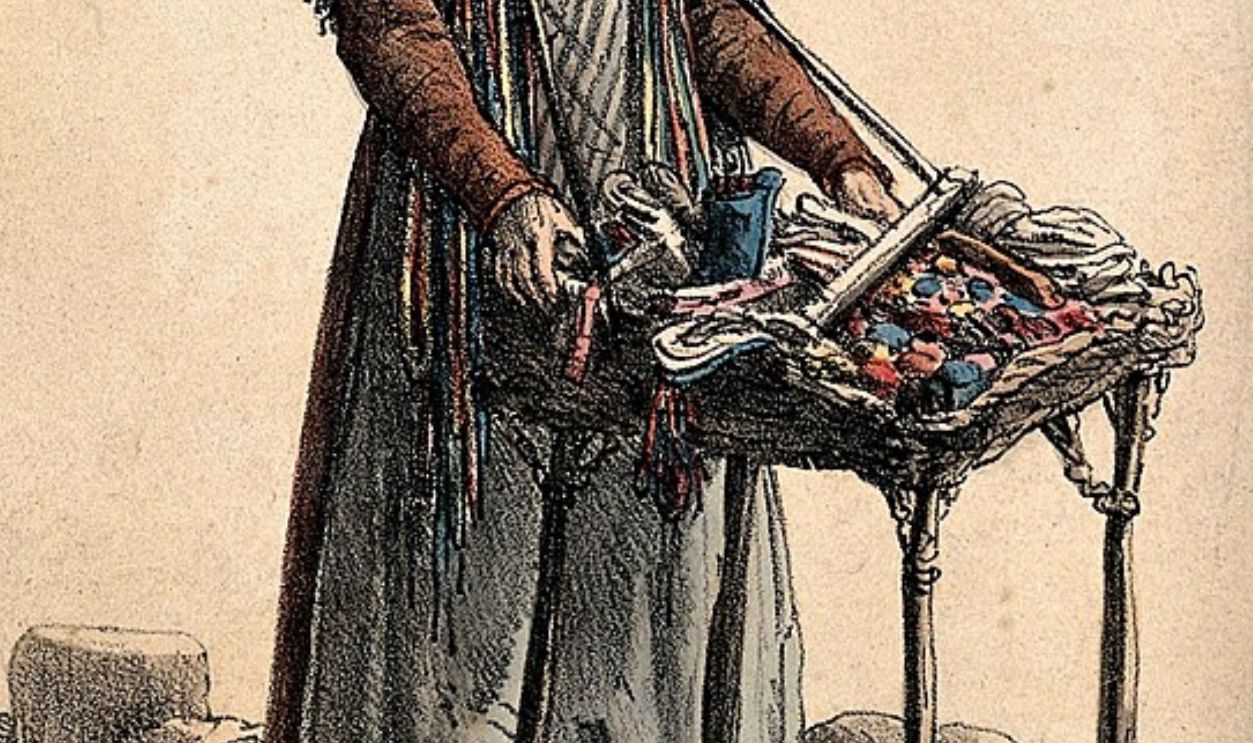 Unknown Author, CC BY 4.0, Wikimedia Commons
Unknown Author, CC BY 4.0, Wikimedia Commons
The Uniqueness Of The Alsengem
The alsengem, a small glass amulet is another artifact found during the excavation. It stands out as one of the most fascinating finds according to Ancient Origins. It's believed to have been used in ecclesiastical contexts, possibly as a pilgrim's amulet.
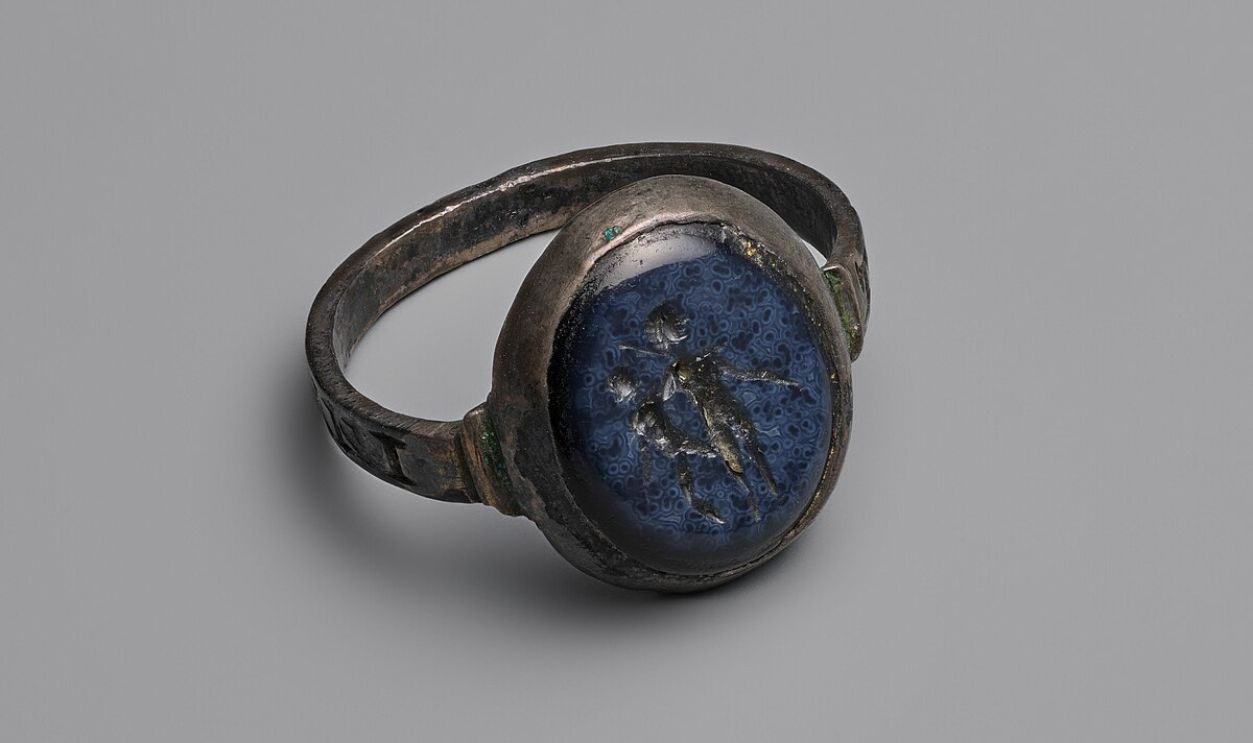 Focke-Museum Bremen (Martin Luther), CC BY-SA 4.0, Wikimedia Commons
Focke-Museum Bremen (Martin Luther), CC BY-SA 4.0, Wikimedia Commons
That Could Be Older
Studies showed that the alsengem could have belonged to the 13th or 14th century. This means that it was already considered a valuable object by the time the ring was made. Such pieces of information can add to its value.
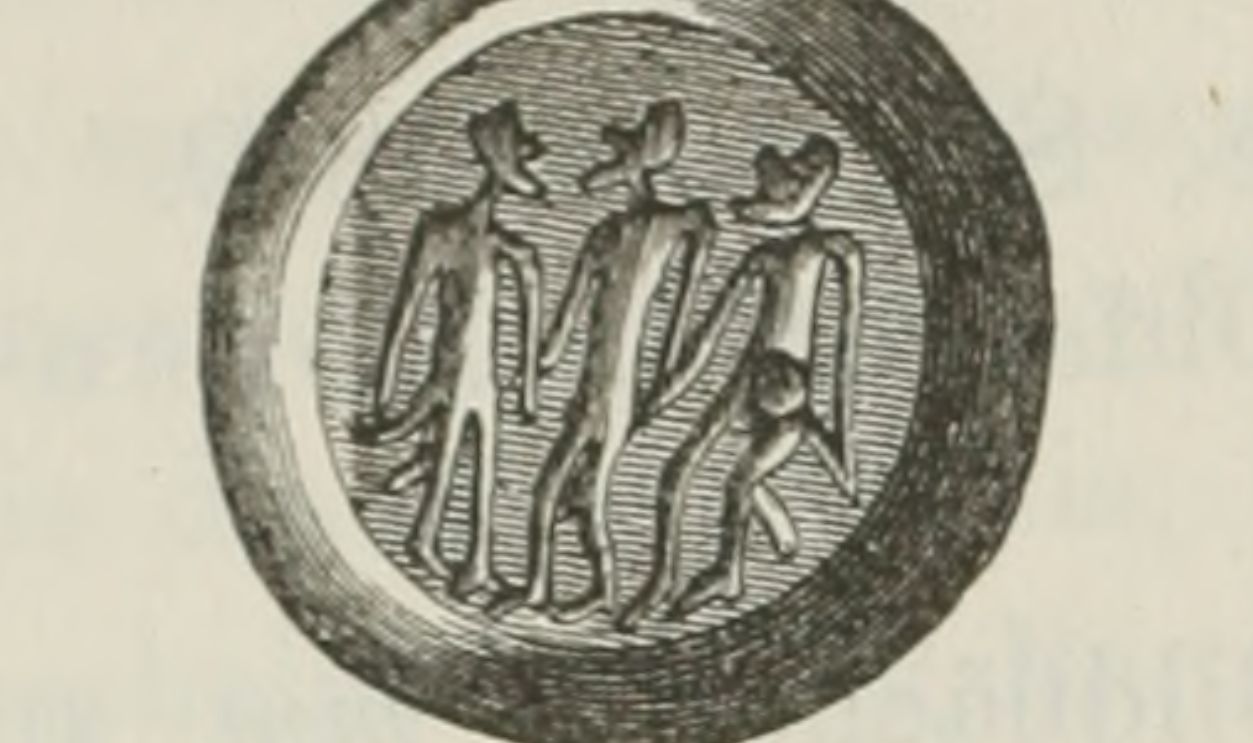 Unknown Author, Wikimedia Commons
Unknown Author, Wikimedia Commons
Together, They Tell A Story
Since the alsengem was broken, there's a chance that the person who owned it discarded it because it was broken. Mystery still shrouds why the ring and the glass amulet were found together. Did they belong to the same person?
Religious Symbols Found In Kalmar
Pilgrims often traveled to holy sites, and amulets like the alsengem were carried as symbols of protection or blessings. These religious artifacts reveal the importance of faith in everyday life but also connect Kalmar to larger European religious practices.
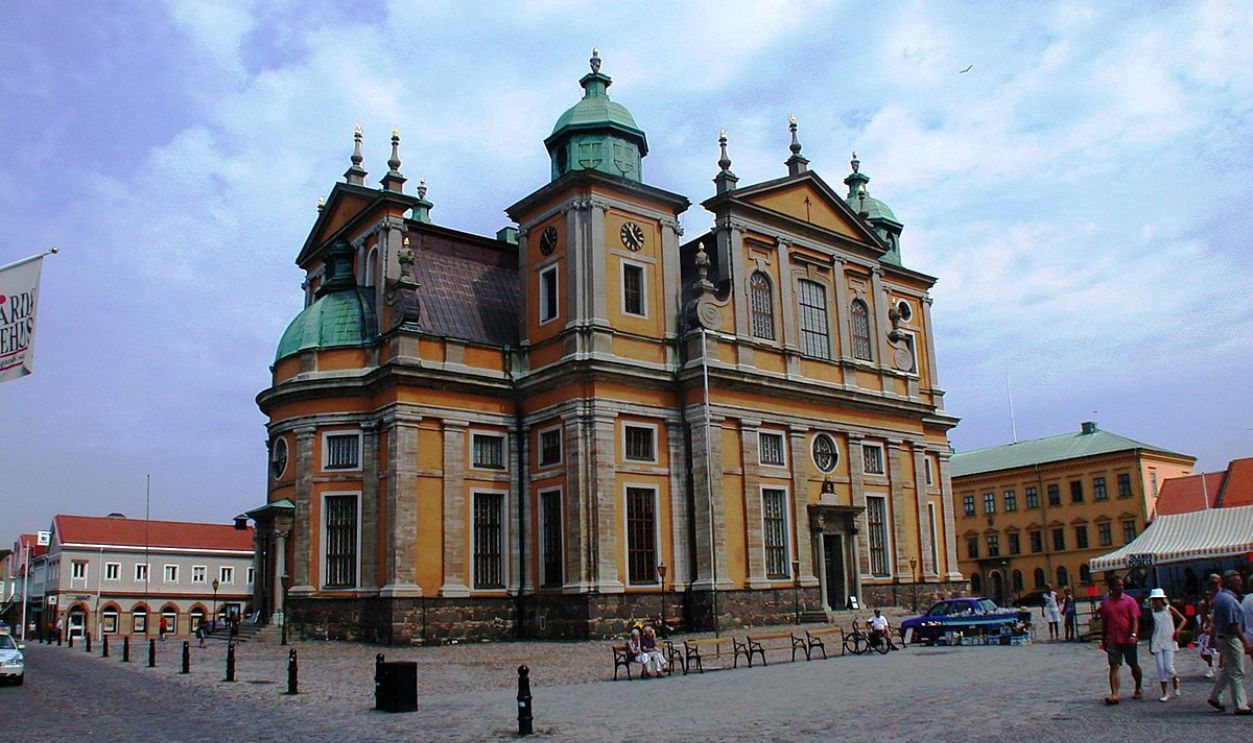 Riggwelter, CC BY-SA 3.0, Wikimedia Commons
Riggwelter, CC BY-SA 3.0, Wikimedia Commons
Ecclesiastical Relics And What They Tell Us
With its intricate carvings and connection to ecclesiastical contexts, the alsengem may have been used by pilgrims for spiritual protection. The amulet reflects how religion permeated every aspect of daily life during the medieval period and highlights the importance of medieval religious practices.
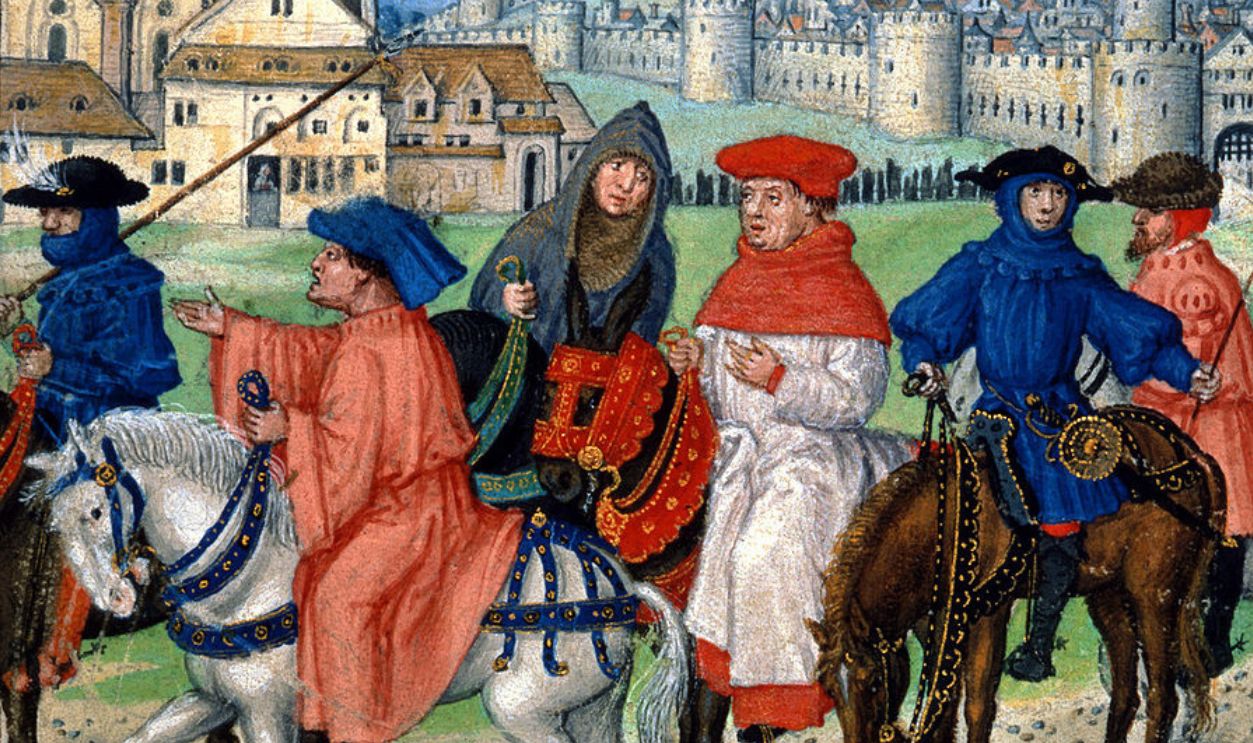 Unknown Author, Wikimedia Commons
Unknown Author, Wikimedia Commons
Revealing The Legacy Of The Kalmar War
Remains from the Kalmar War, fought between Denmark-Norway and Sweden, were also uncovered during the excavation according to an article published in LBV Magazine. Burned farmsteads, cannonballs, and musket balls tell the story of the devastating conflict. These findings can help us understand the brutal realities of medieval warfare.
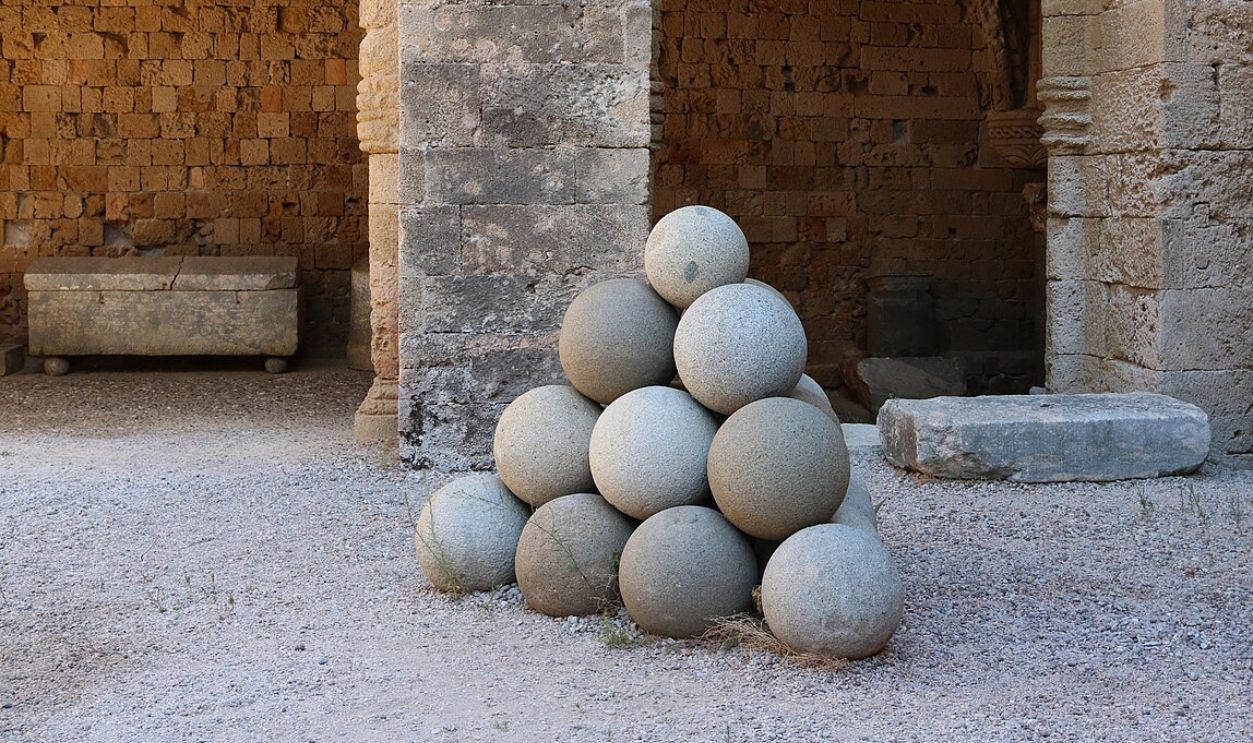 George Chernilevsky, Wikimedia Commons
George Chernilevsky, Wikimedia Commons
Traces Of A Danish Attack
Evidence of a destructive Danish attack on Kalmar was found in the form of burned farmsteads and weaponry such as swords. This discovery brings to life the violent history of the city during the 17th-century Kalmar War and shows the devastating effect of the conflict on the local population.
Medieval Warfare Uncovered
Artifacts such as musket balls or cannonballs and swords can shed light on the military strategies and the scale of the conflict between Denmark-Norway and Sweden in 1611. These findings help us understand how warfare influenced the city's development.
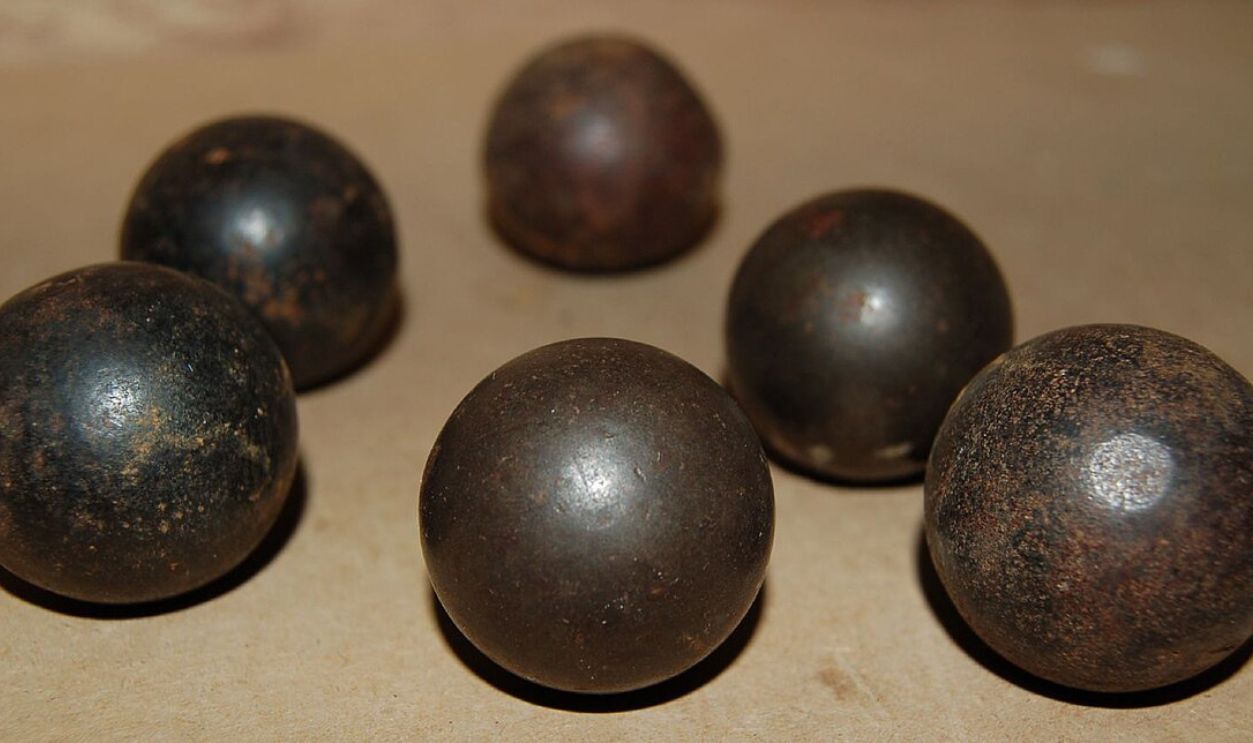 Lee Hutchinson from Englaland, CC BY 2.0, Wikimedia Commons
Lee Hutchinson from Englaland, CC BY 2.0, Wikimedia Commons
Revealing The Impact Of War
The remnants of weapons, burnt buildings, and other artifacts tell the tragic story of the destruction during the Kalmar War. These archaeological finds offer concrete evidence of the city's devastation during the conflict between Sweden and Denmark-Norway.
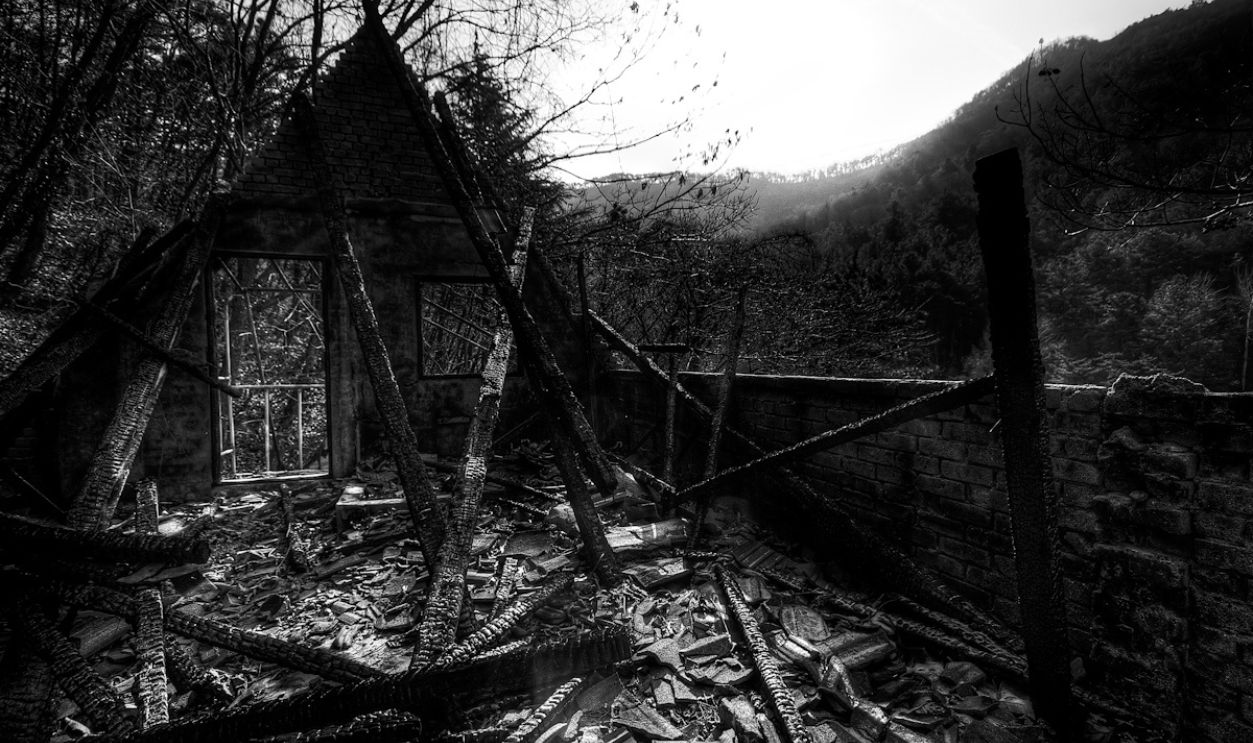 Jimmy McIntyre - Editor HDR One Magazine, CC BY-SA 2.0, Wikimedia Commons
Jimmy McIntyre - Editor HDR One Magazine, CC BY-SA 2.0, Wikimedia Commons
A Role In Regional Conflicts
All the military artifacts reveal the city's key role in regional conflicts, particularly in its defense against invasions. The presence of weapons provides insight into the city's military preparedness during the Kalmar War and other regional struggles.
And The Resilience Of The People
Although it's documented that Denmark-Norway had the upper hand, the army was unable to defeat Sweden entirely. The remaining parts of the wall stand as witness to the resilience of the inhabitants who sacrificed their lives to protect their town.
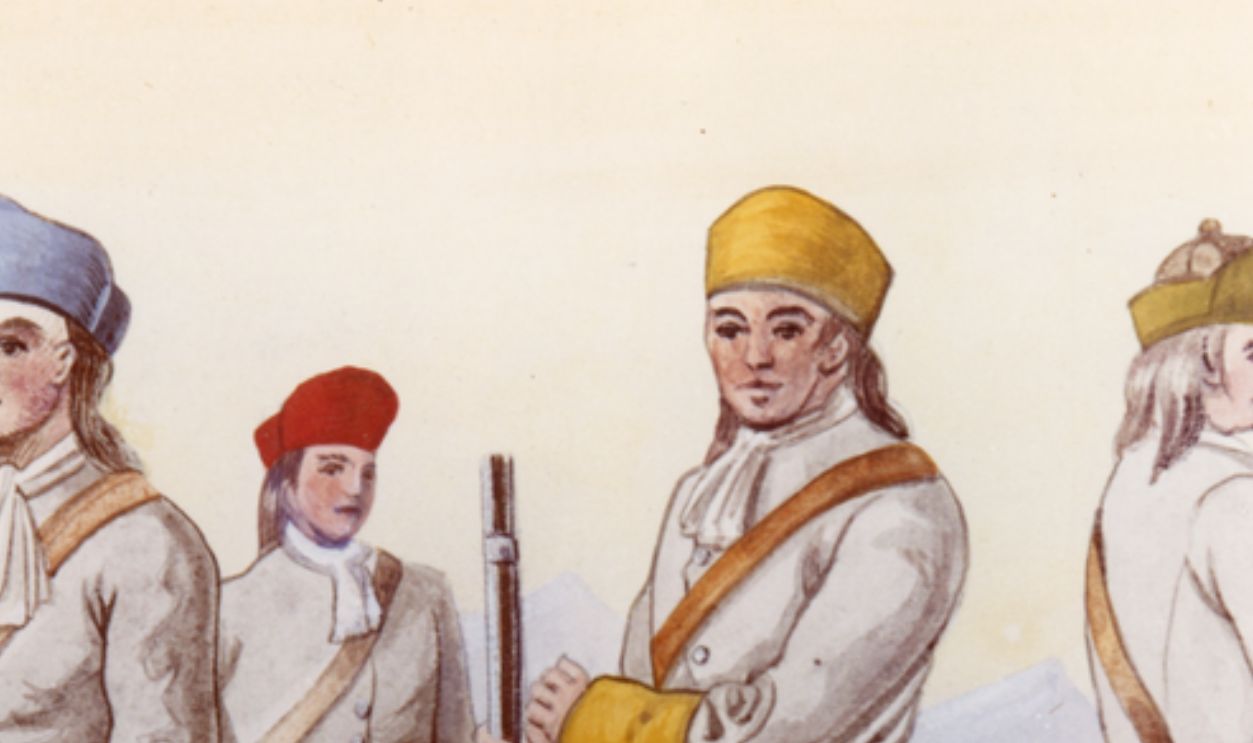 Etter V. Moller. Forsvarsmuseet, Oslo. Falt i det fri, CC BY-SA 4.0, Wikimedia Commons
Etter V. Moller. Forsvarsmuseet, Oslo. Falt i det fri, CC BY-SA 4.0, Wikimedia Commons
Small Details That Tell Big Stories
An unexpected and intriguing find was the impression of a cat's paw in a brick during the excavation. While seemingly trivial, this small detail reveals much about medieval life, including the animals that lived alongside people and the craftsmanship of the time.
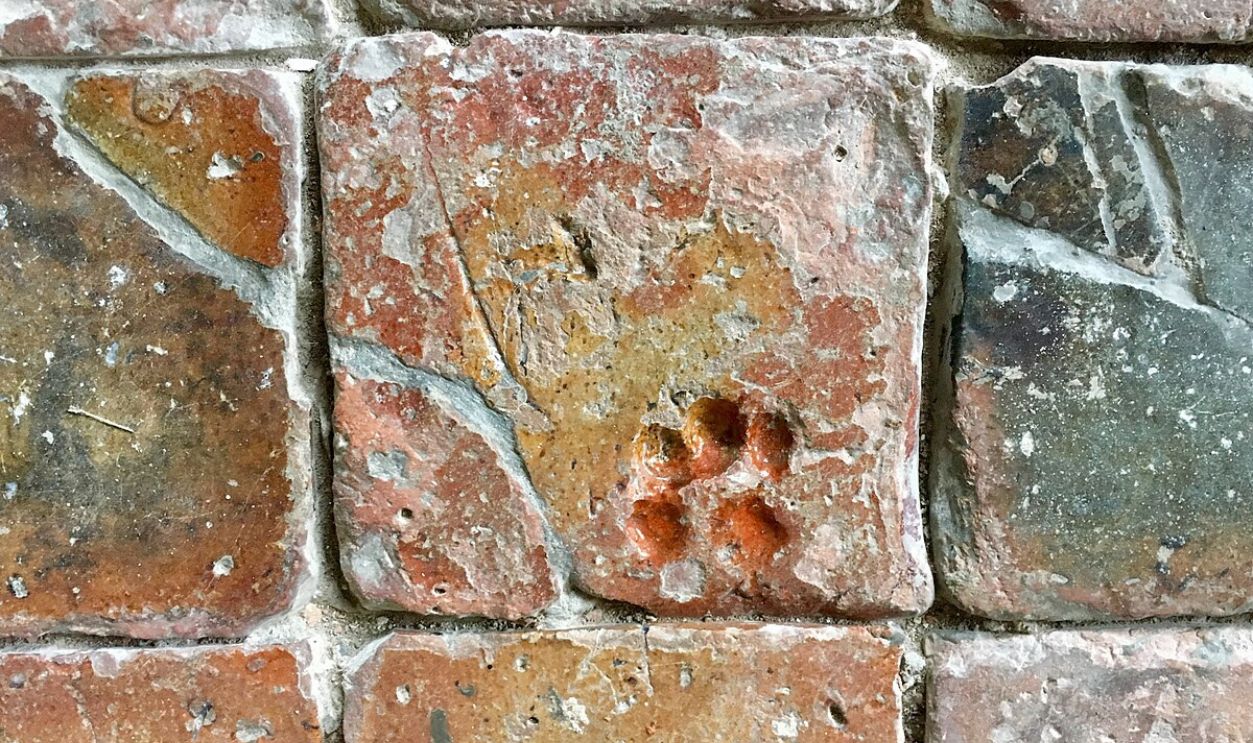 LornaMCampbell, CC BY-SA 4.0, Wikimedia Commons
LornaMCampbell, CC BY-SA 4.0, Wikimedia Commons
Traces Of Wealth And Poverty
The discovery of luxury items such as the gold ring and more common everyday objects found in the same areas reveal a stark difference between the lives of the wealthy and the poor. This archaeological evidence helps us understand how social status and wealth were reflected in the medieval period.
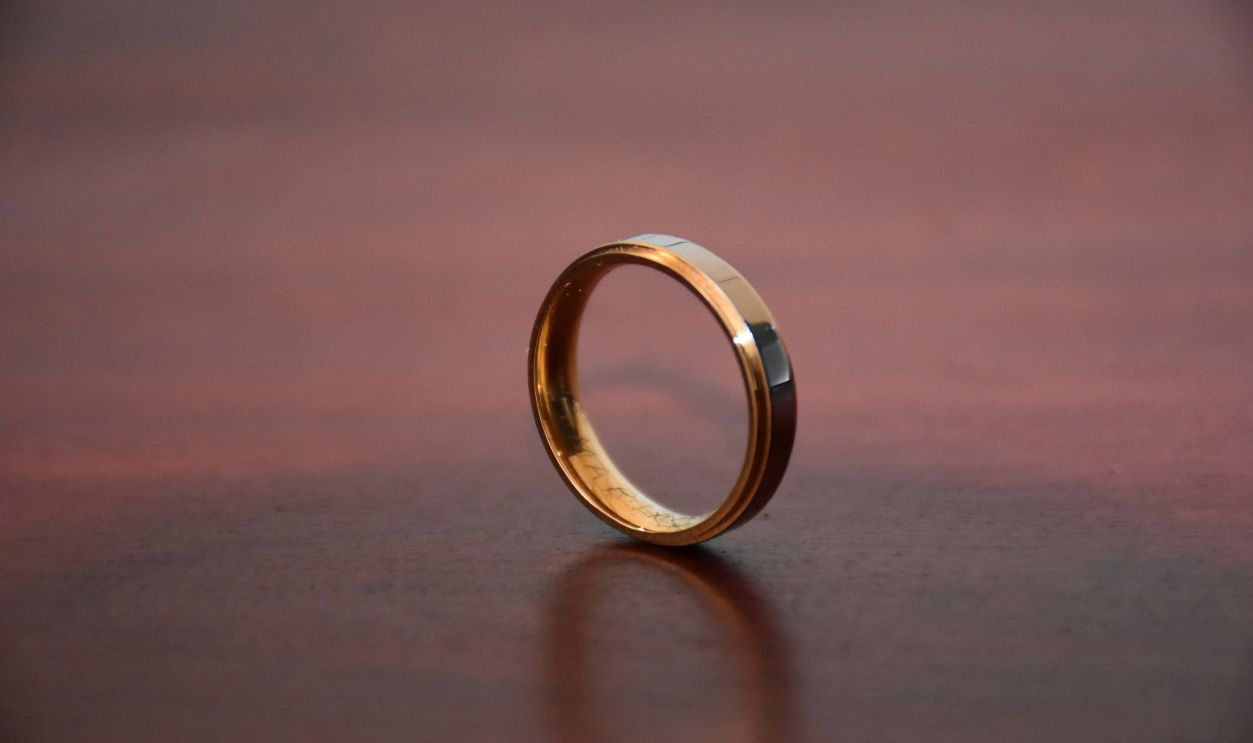 Roman Derrick Okello, Unsplash
Roman Derrick Okello, Unsplash
Insights From Unearthed Building Remains
From the foundation of homes to the remnants of public buildings, the unearthed structures reveal how the city was built for functionality and defense. The discovery of portions of the old wall and streets provides a glimpse into how Kalmar looked and how its inhabitants went through the urban space.
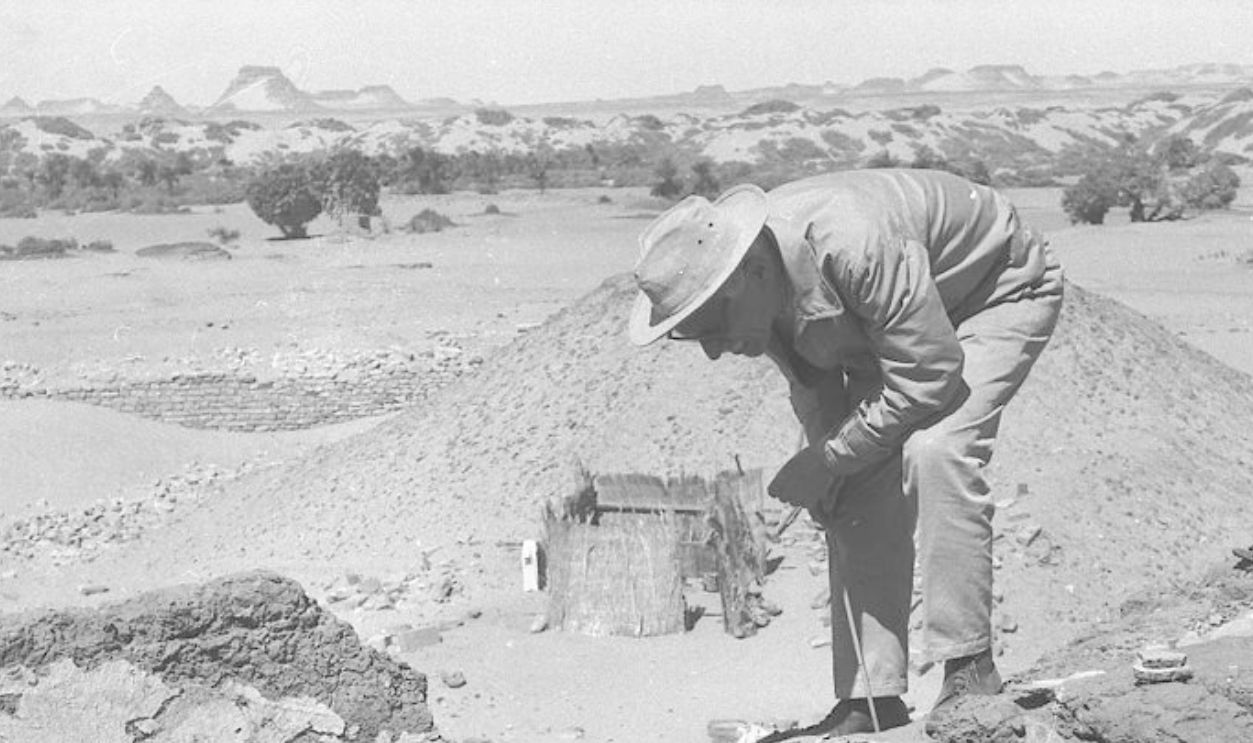 National Museum in Warsaw, CC BY-SA 3.0 PL, Wikimedia Commons
National Museum in Warsaw, CC BY-SA 3.0 PL, Wikimedia Commons
What Streets And Latrines Can Show
Kalmar's streets and latrines can tell us about medieval hygiene practices. The presence of latrines indicates the city's approach to waste disposal, providing valuable insights into how people in medieval times dealt with sanitation and public health.
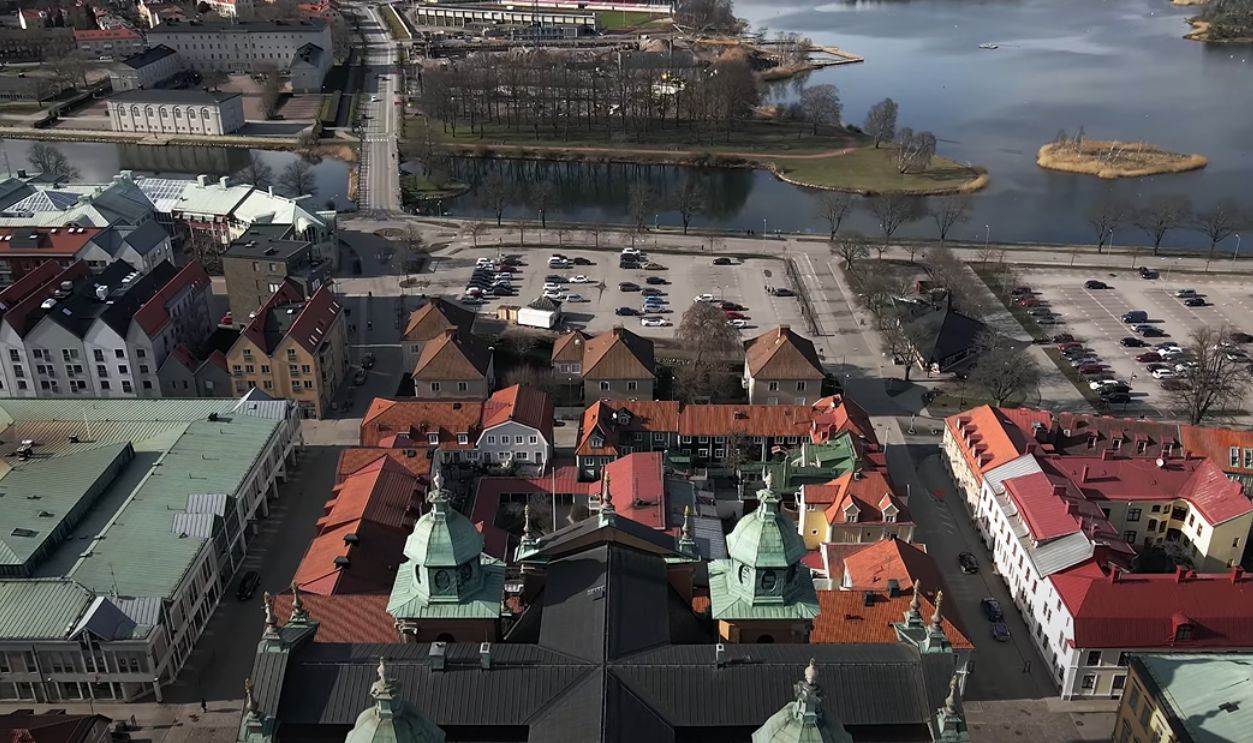 KALMAR | Sweden by Drone in 4K - DJI Mavic Air 2 by eCKsplorer
KALMAR | Sweden by Drone in 4K - DJI Mavic Air 2 by eCKsplorer
Runestone Remains
An unearthed runestone fragment adds another layer to the rich history of Kalmar. These stones, often used as memorials or markers, are a direct link to the Viking Age and early medieval Scandinavia. The runestone found at Kalmar may have been part of a tombstone.
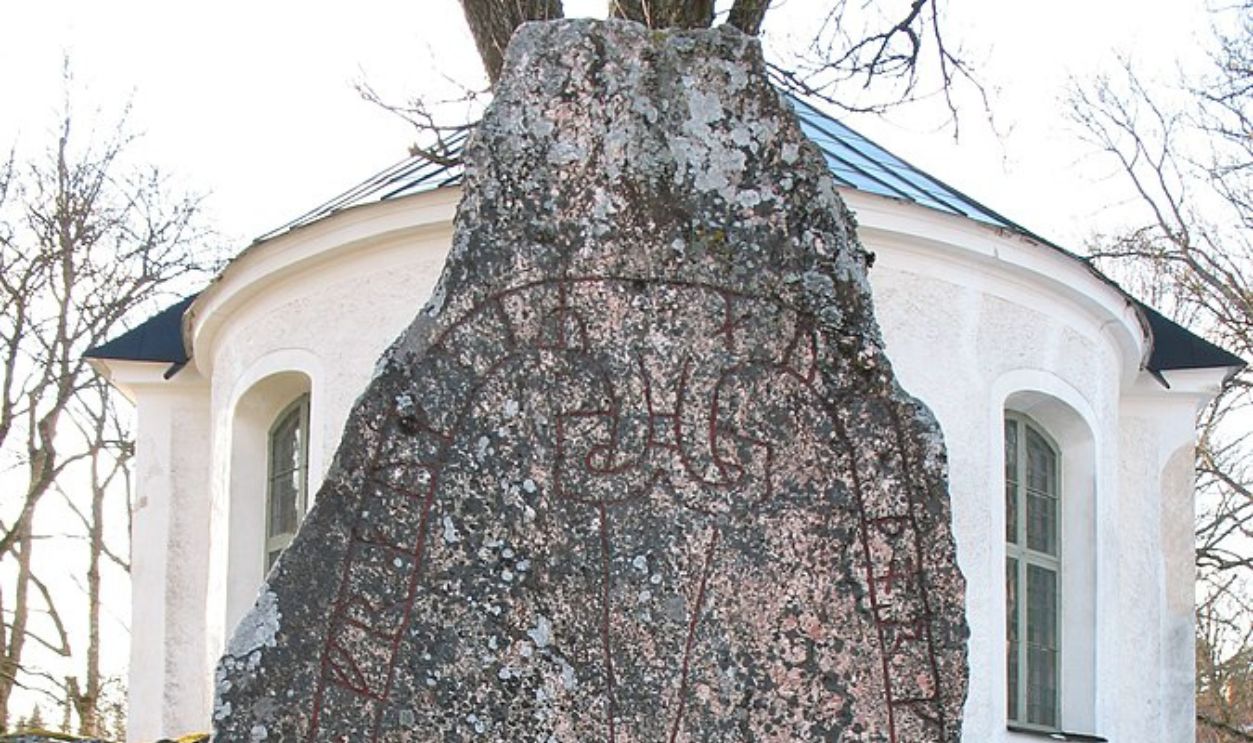 Berig, CC BY-SA 4.0, Wikimedia Commons
Berig, CC BY-SA 4.0, Wikimedia Commons
With An Unexpected Link
Runestones were often used to commemorate the deceased or mark important places. This particular runestone could bridge the gap between the Viking Age and the medieval period. It serves as a reminder of Kalmar's long history and its connection to early Scandinavian culture.
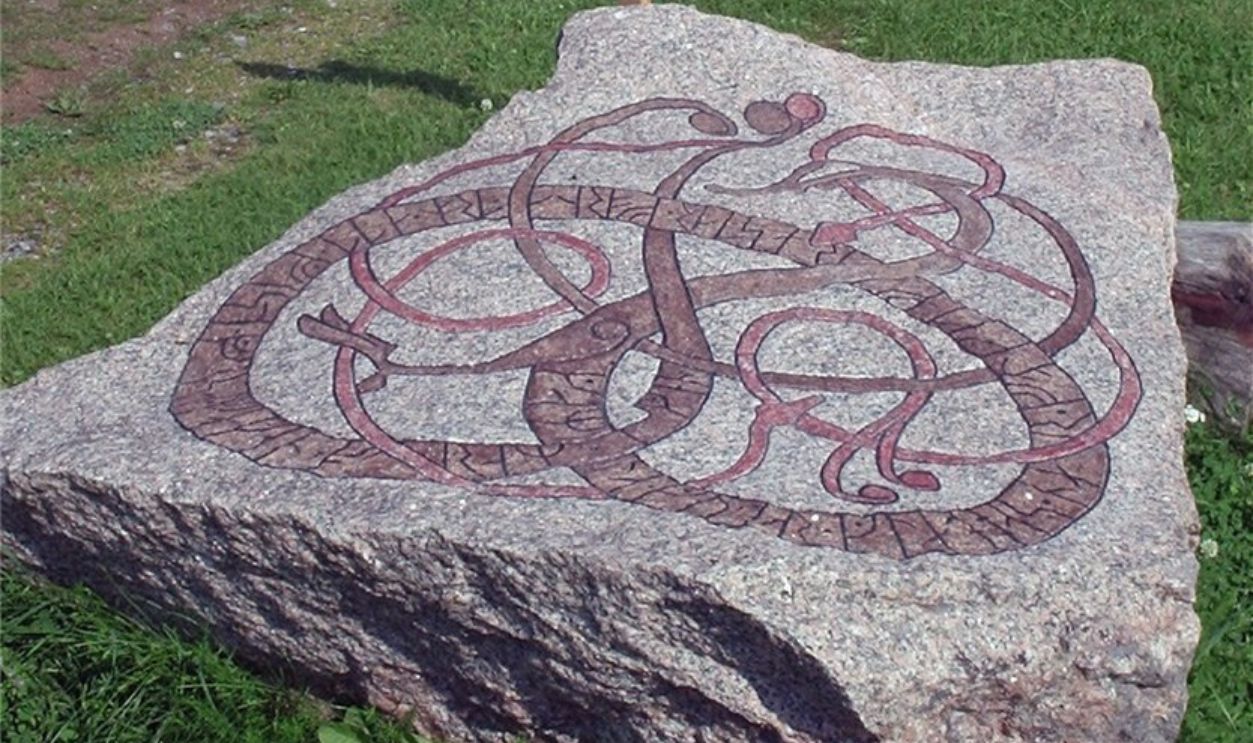 Tobias Radeskog, Wikimedia Commons
Tobias Radeskog, Wikimedia Commons
The Tools And Objects That Defined Medieval Work
Items such as carpentry tools, pottery fragments, and textiles point to a thriving local economy driven by skilled craftsmen. These findings give us a window into the hard work that fueled the city's daily activities, illustrating just how craftspeople and workers contributed to its development.
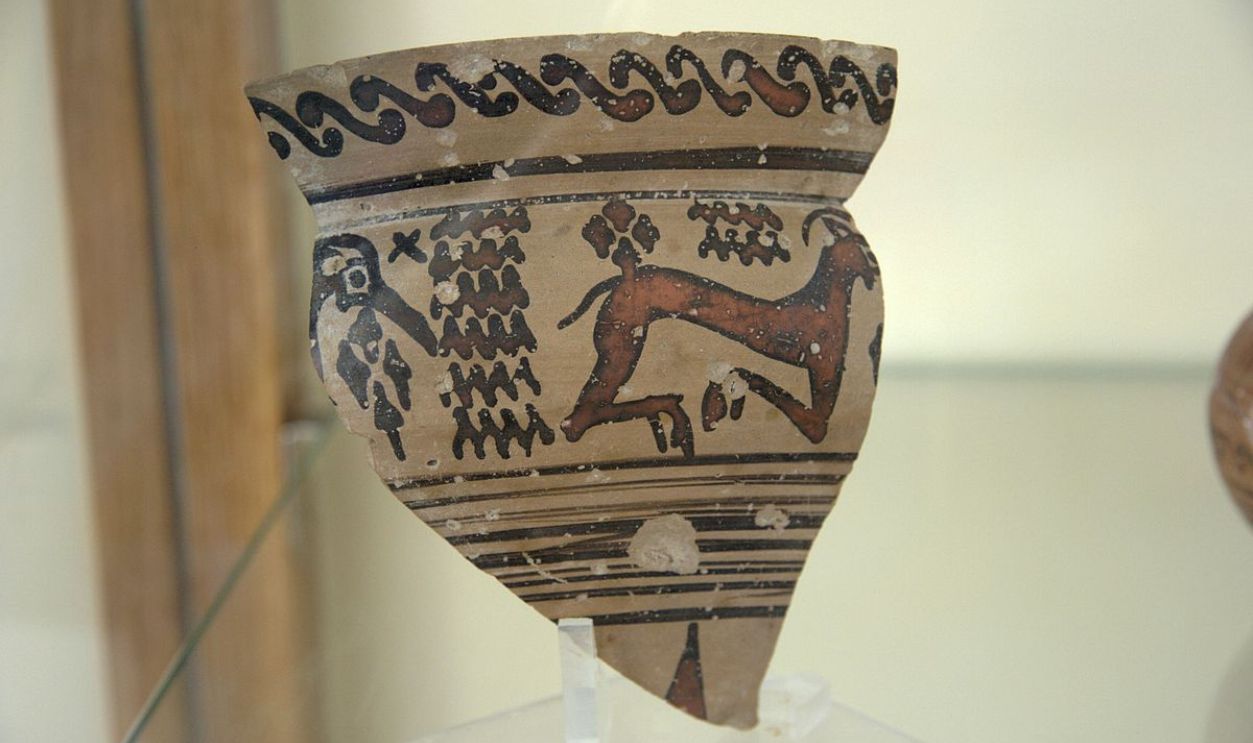 Zde, CC BY-SA 3.0, Wikimedia Commons
Zde, CC BY-SA 3.0, Wikimedia Commons
The Economic Power Of A Port City
Kalmar's strategic location on the Baltic Sea helped establish its status as a medieval port city. As a hub for trade between Scandinavia and the rest of Europe, the city prospered through maritime commerce and excavations showed evidence of trade goods, such as imported pottery and textiles.
 Romeo Koitmae, CC BY-SA 3.0, Wikimedia Commons
Romeo Koitmae, CC BY-SA 3.0, Wikimedia Commons
From Traders To Craftsmen
The excavation also revealed imported goods and trade tokens. Such findings highlight Kalmar's role as a vibrant economic center where various groups interacted and contributed to its growth. It shows that it was a busy trading hub and home to various industries.
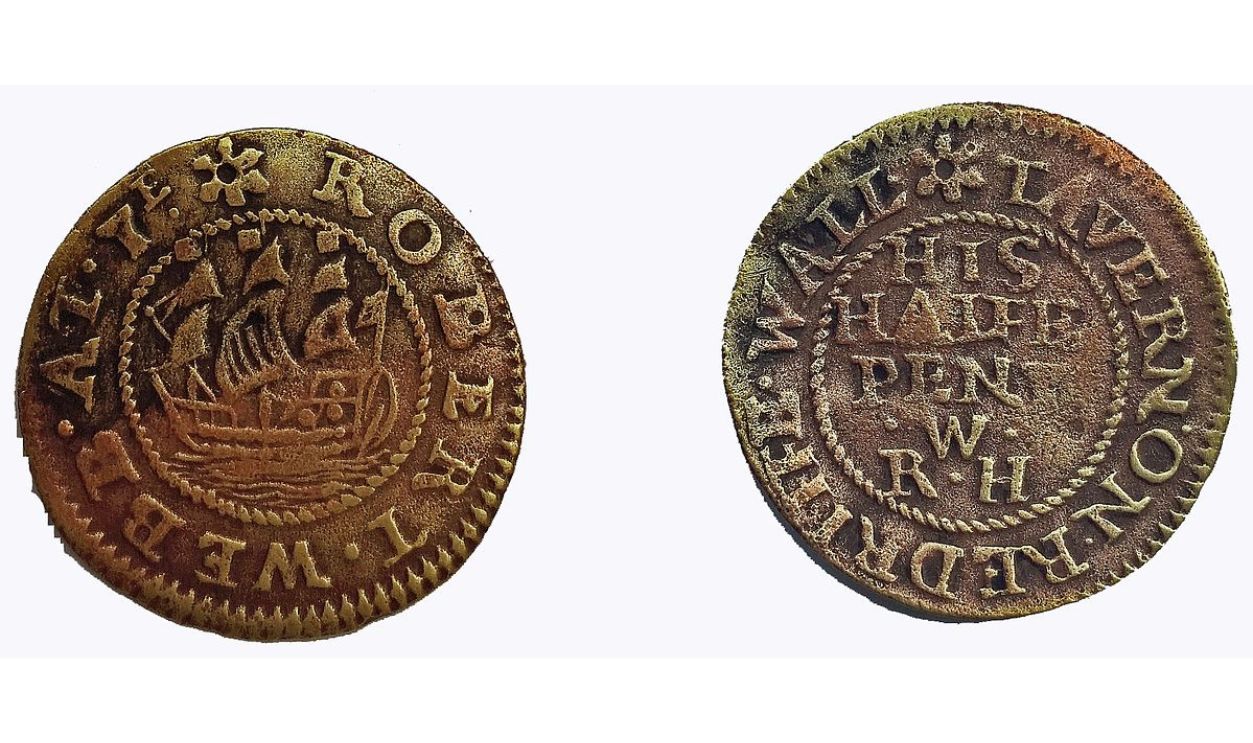 The Portable Antiquities Scheme/ The Trustees of the British Museum, Wikimedia Commons
The Portable Antiquities Scheme/ The Trustees of the British Museum, Wikimedia Commons
Taking A Closer Look
Tools found in Kalmar reveal the skills and craftsmanship of medieval workers. These tools were essential for blacksmiths, carpenters, and other trades, offering insight into the industries that shaped Kalmar's economy. Examining these artifacts helps us appreciate the quality of craftsmanship and the labor-intensive methods used to produce everyday items.
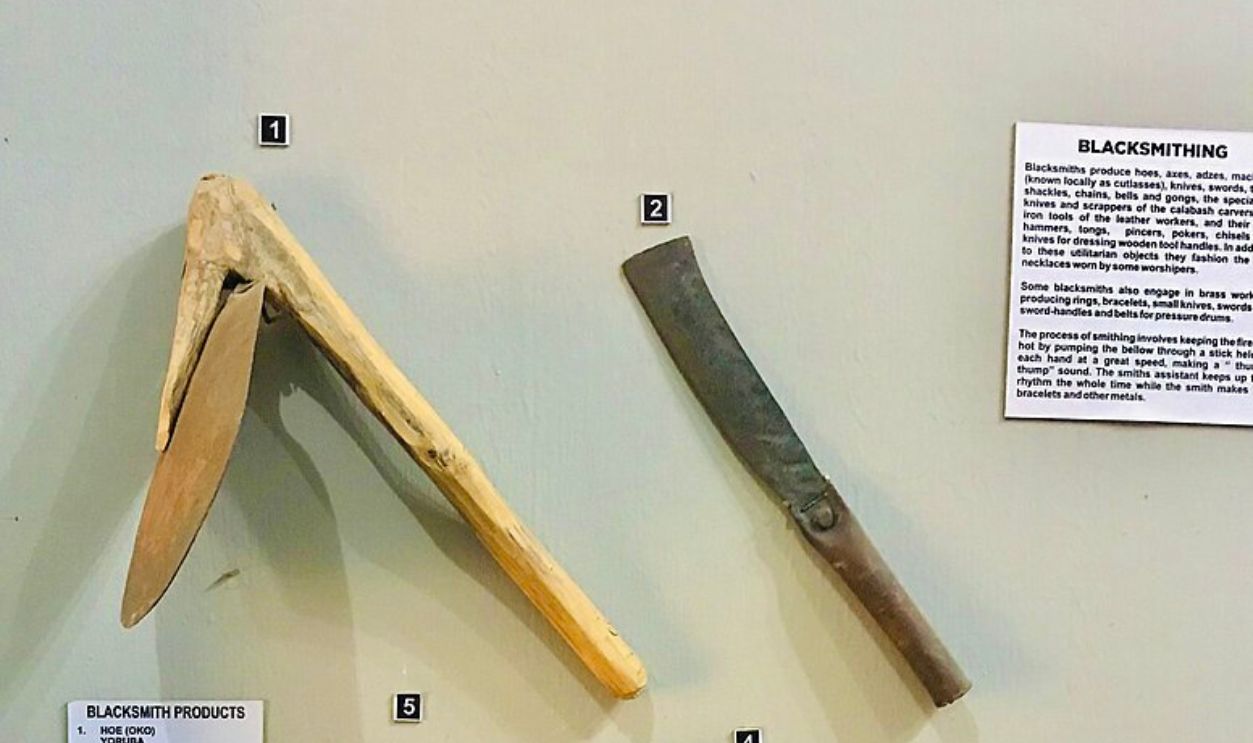 Lilboi ayo, CC BY-SA 4.0, Wikimedia Commons
Lilboi ayo, CC BY-SA 4.0, Wikimedia Commons
Medieval Creativity
Medieval Kalmar's artistic and cultural richness comes to life through the unearthed artifacts, which include decorative items, jewelry, and religious symbols. These objects speak to the creativity and aesthetic values of the time and show how art was intertwined with daily life.
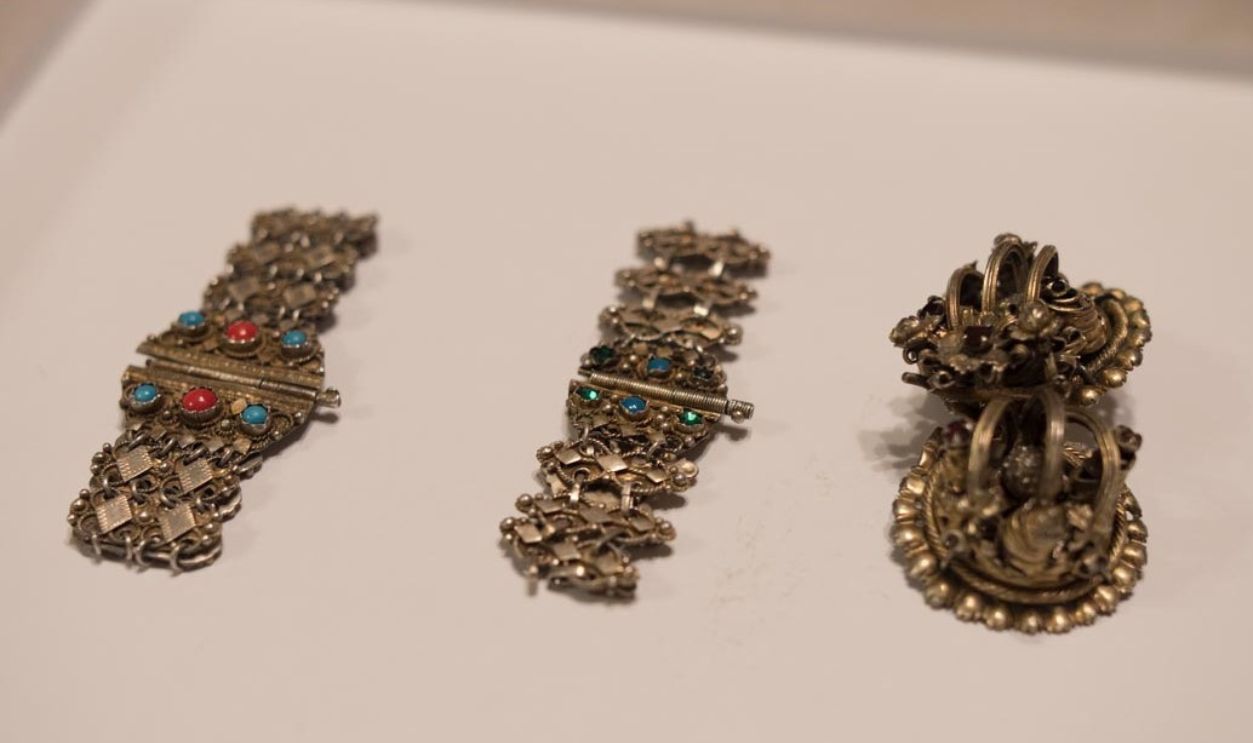 Momir Alvirovic, CC BY-SA 4.0, Wikimedia Commons
Momir Alvirovic, CC BY-SA 4.0, Wikimedia Commons
What About The Poor?
Items such as simple pottery, basic tools, and low-cost artifacts offer clues about the living conditions of the poor. These findings help historians understand how the economic and social divide affected the everyday lives of the less fortunate.
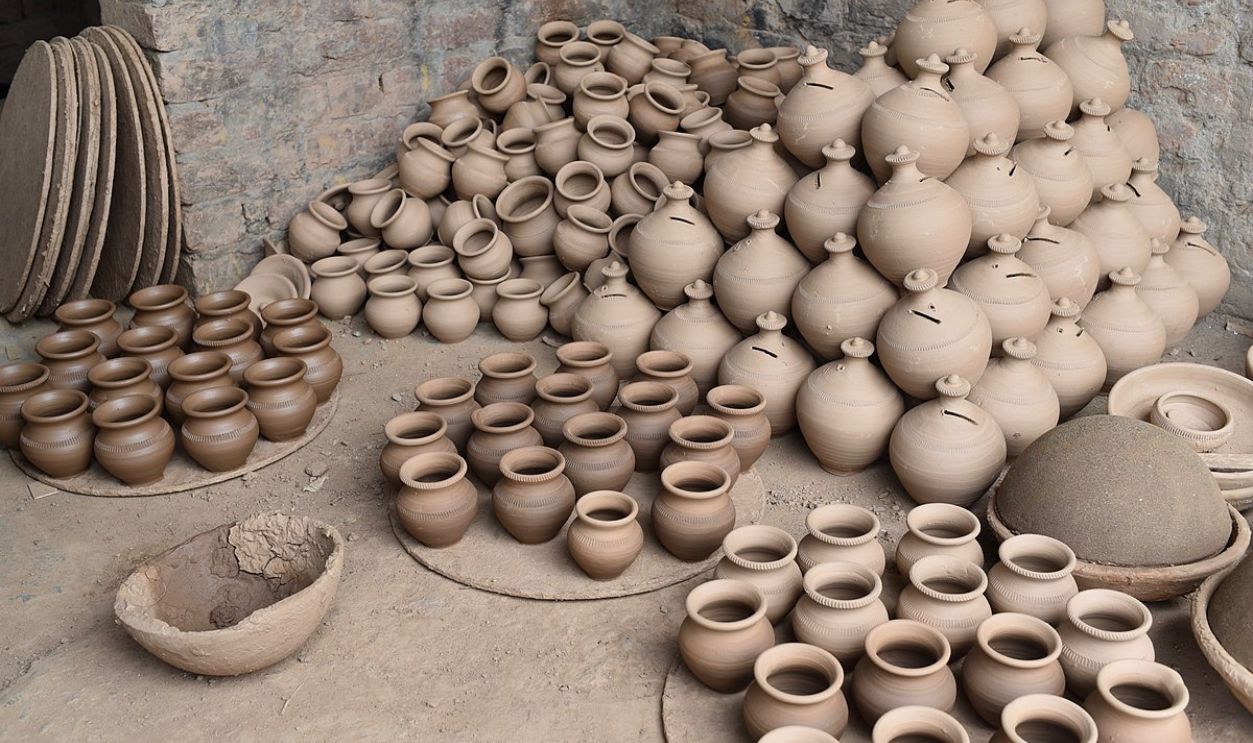 Gurdeep singh dhaliwal, CC BY-SA 4.0, Wikimedia Commons
Gurdeep singh dhaliwal, CC BY-SA 4.0, Wikimedia Commons
How Society Was Shaped
Kalmar's medieval society was deeply influenced by political decisions and economic strategies. As a strategic port, it played a big role in trade across the Baltic Sea, attracting both merchants and political powers. The city's alliances and conflicts, such as the Kalmar War, shaped the economic and social structures.
Traces Of Everyday Life Uncovered
Just like other excavations, the one in Kalmar can shed light on the lives of people who lived in this area hundreds of years ago. Tools and artifacts, no matter how small they are, they can tell us details that historians might have overlooked.
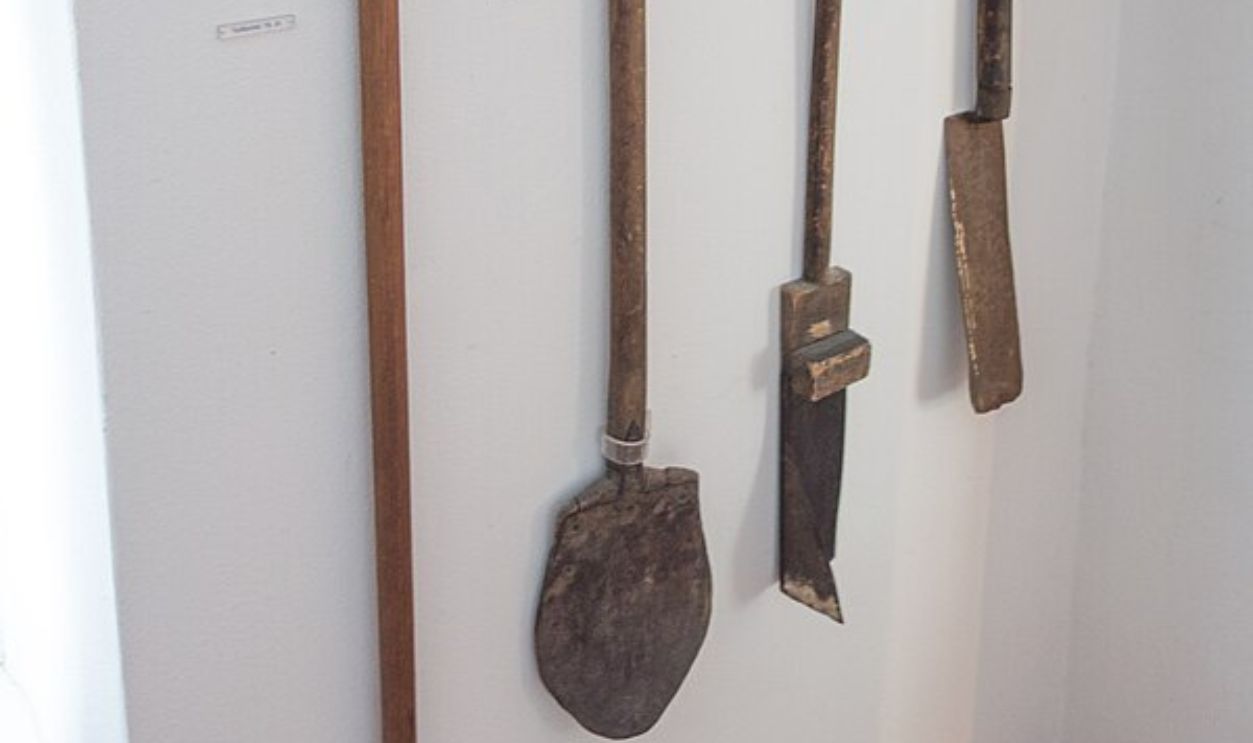 Thomas Quine, CC BY 2.0, Wikimedia Commons
Thomas Quine, CC BY 2.0, Wikimedia Commons
With Everyday Challenges
Records from this era often talk about military conflicts and wars. But how did ordinary people live? What did they eat? What animals did they raise? Finding answers to such questions will help us understand routine activities and struggles faced by the working class.
And More Secrets To Be Discovered
Thanks to this discovery, archaeologists know that there's still a lot that has to be unearthed. Of course, some items are forever lost, but metal and stone artifacts can help us paint a picture of the old town and its people, so we can learn more about the past.
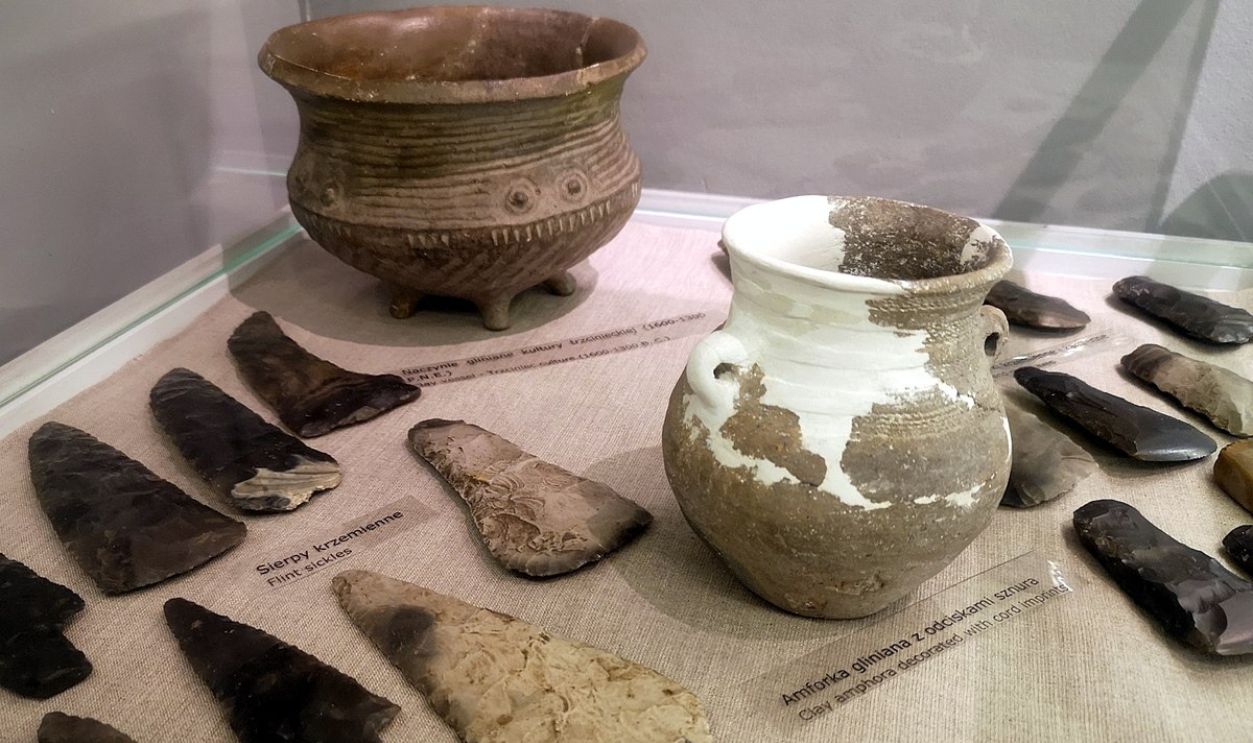 Silar, CC BY-SA 4.0, Wikimedia Commons
Silar, CC BY-SA 4.0, Wikimedia Commons

